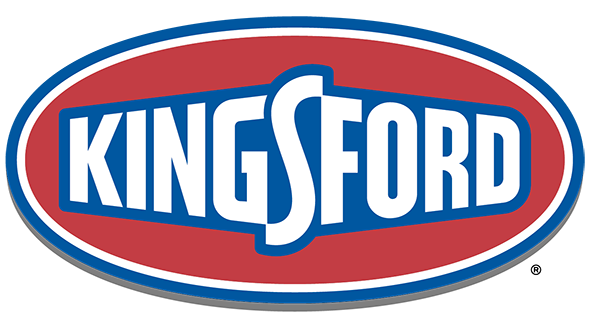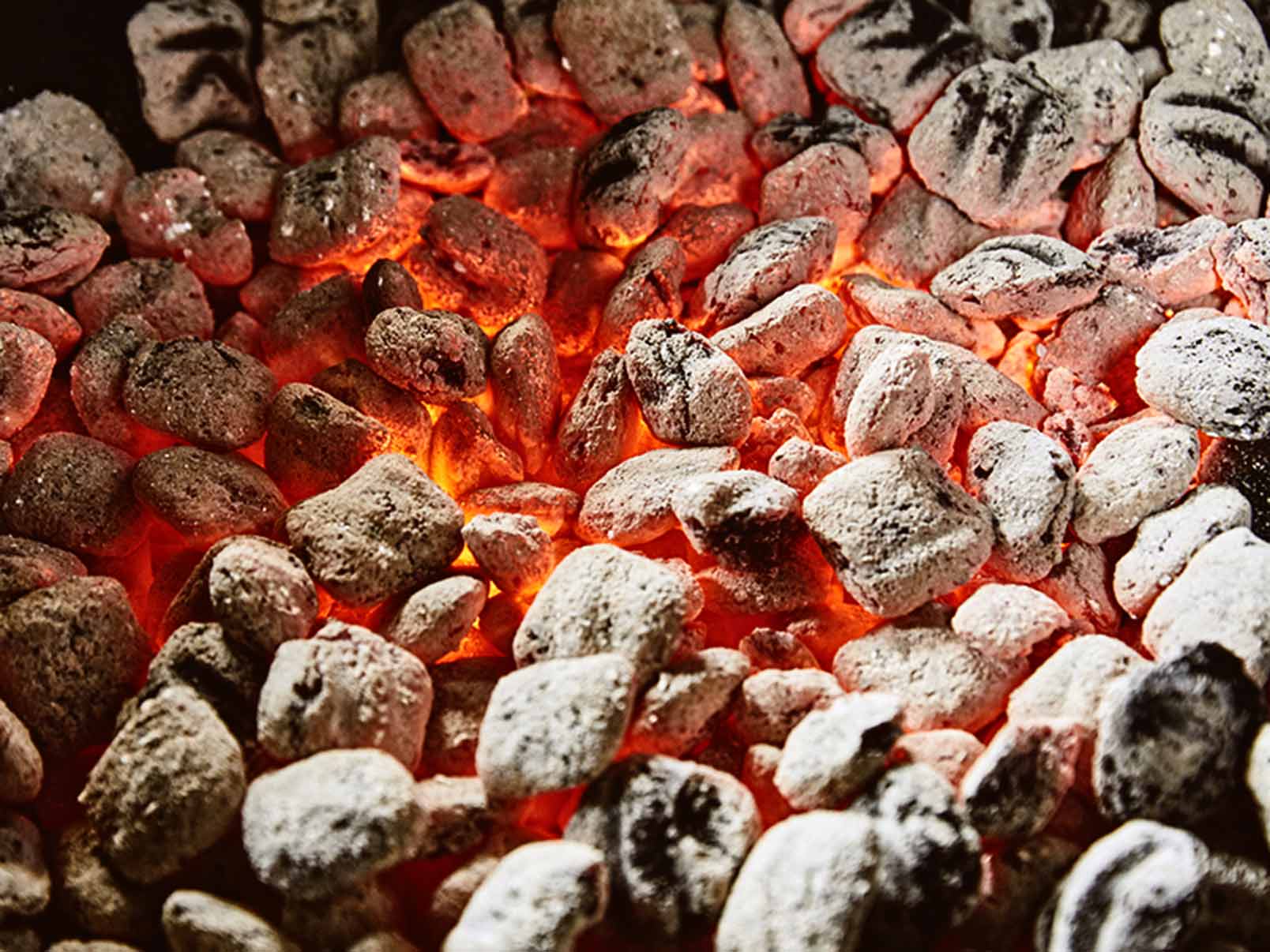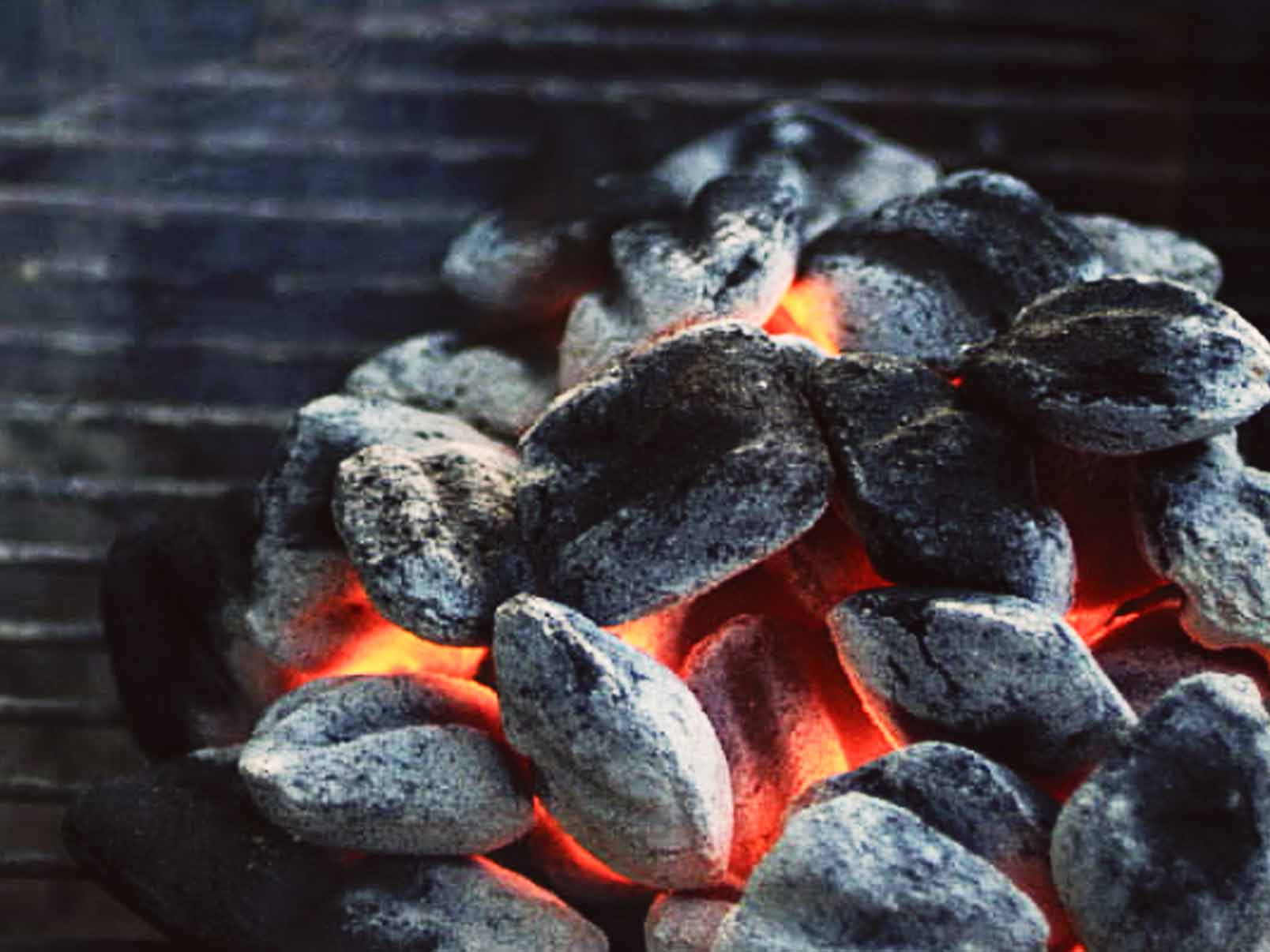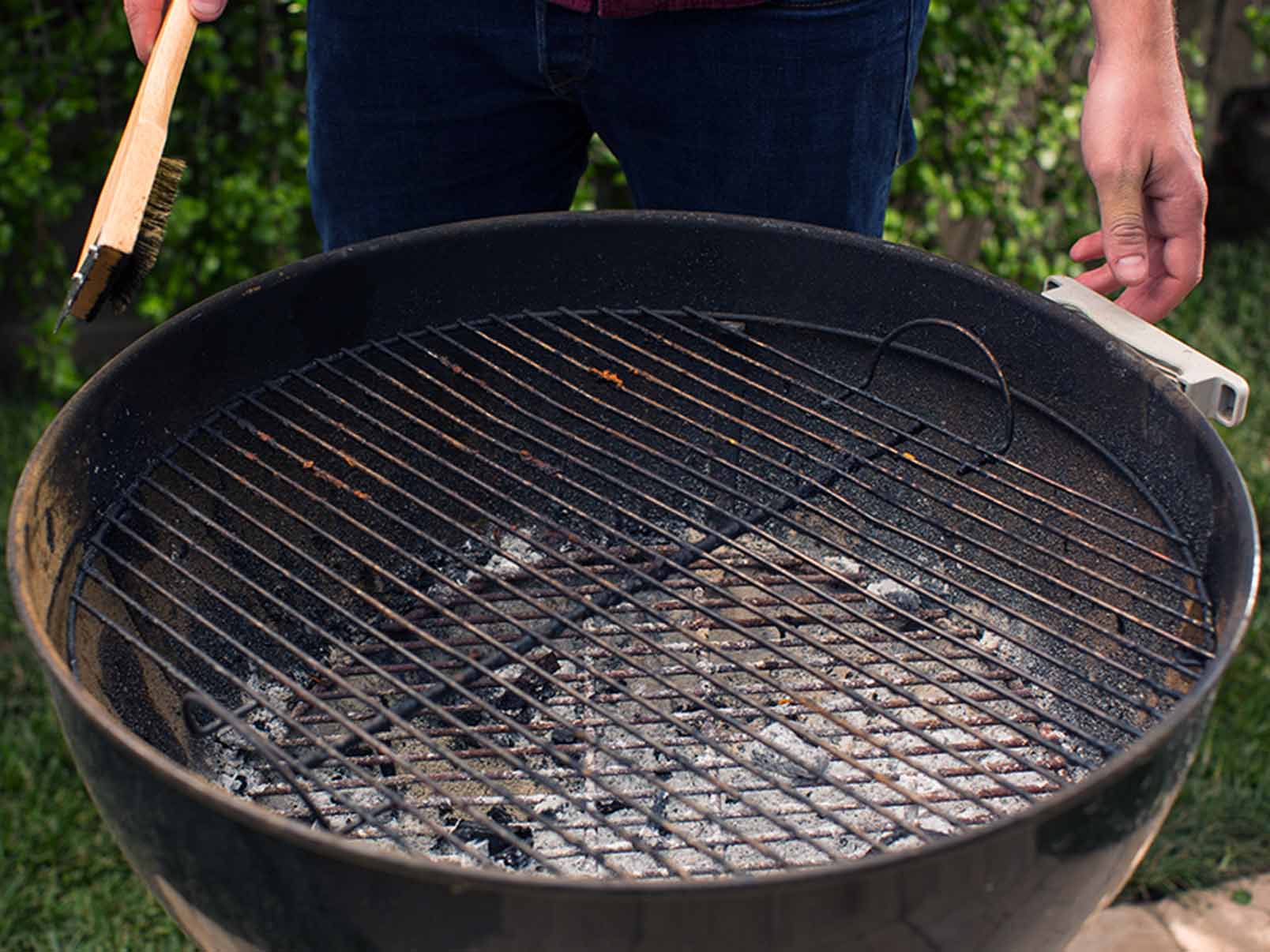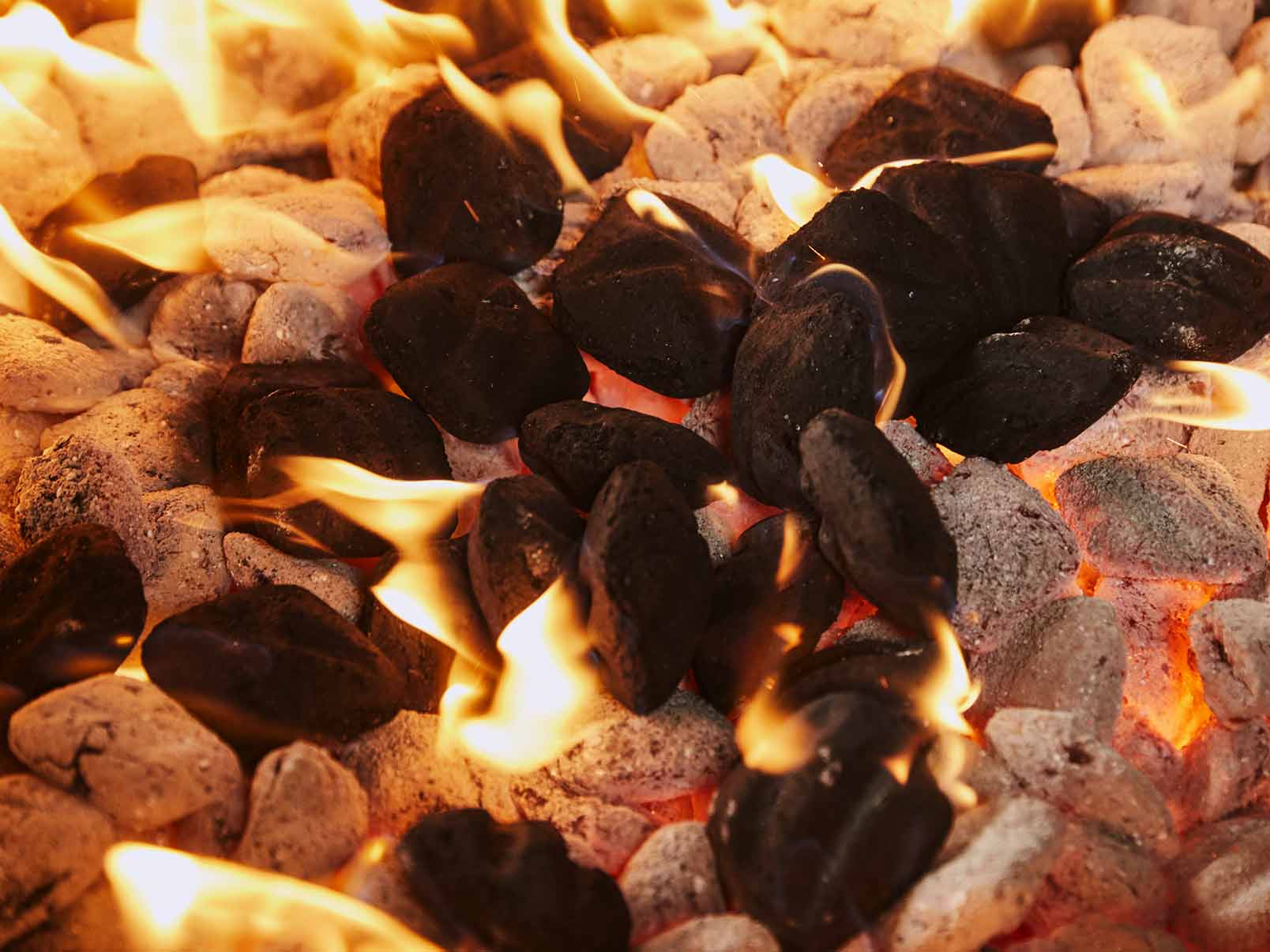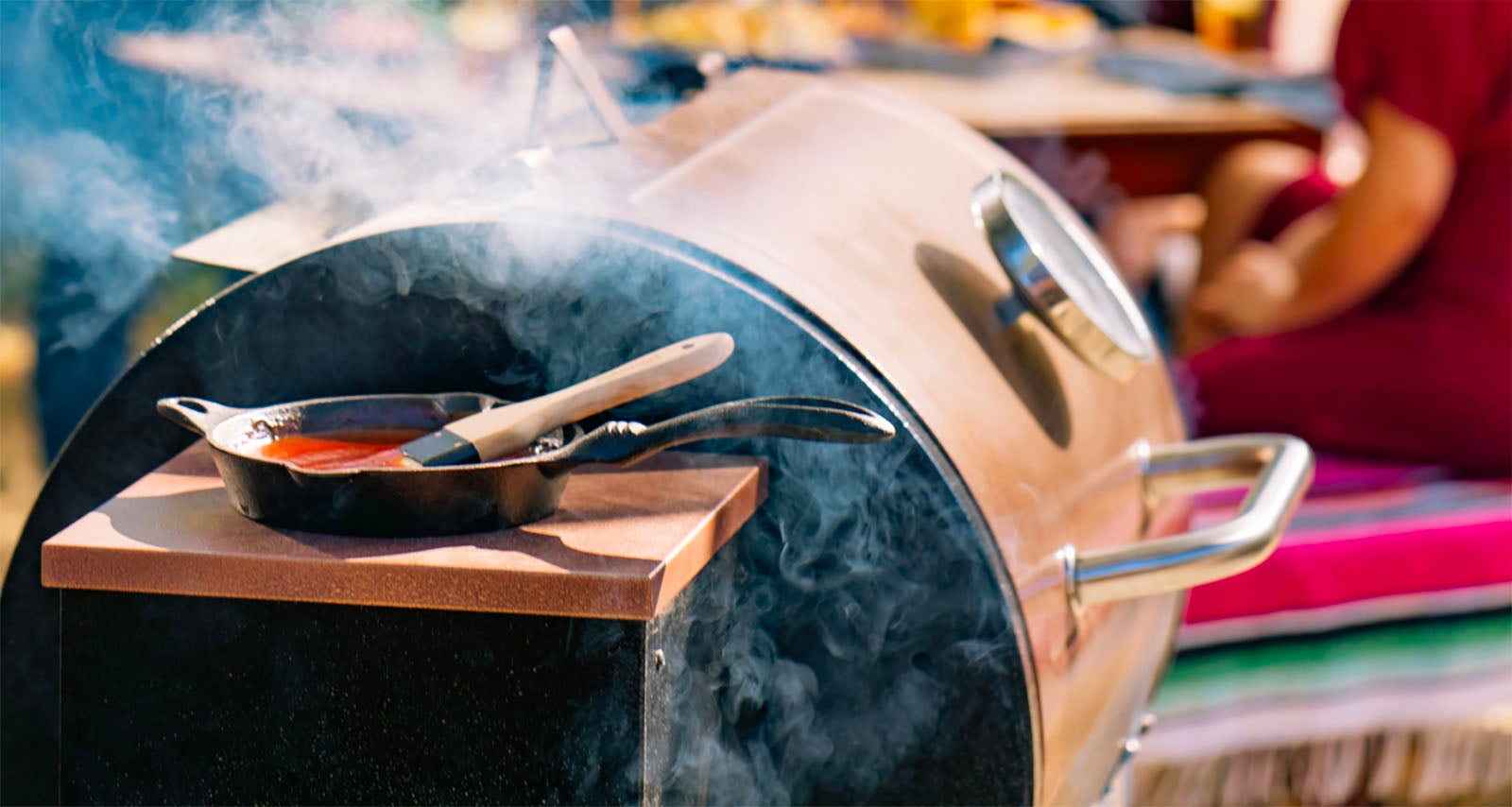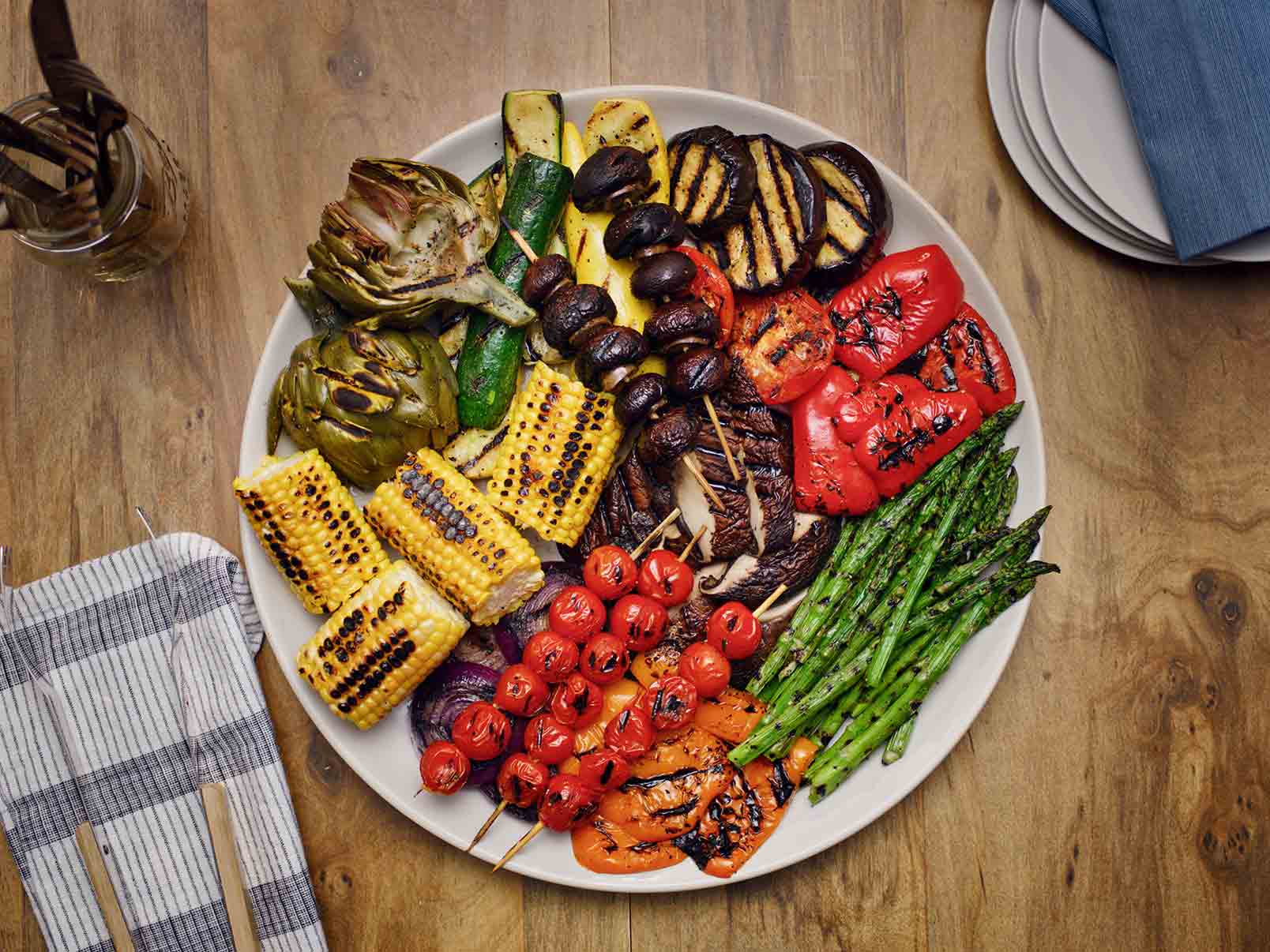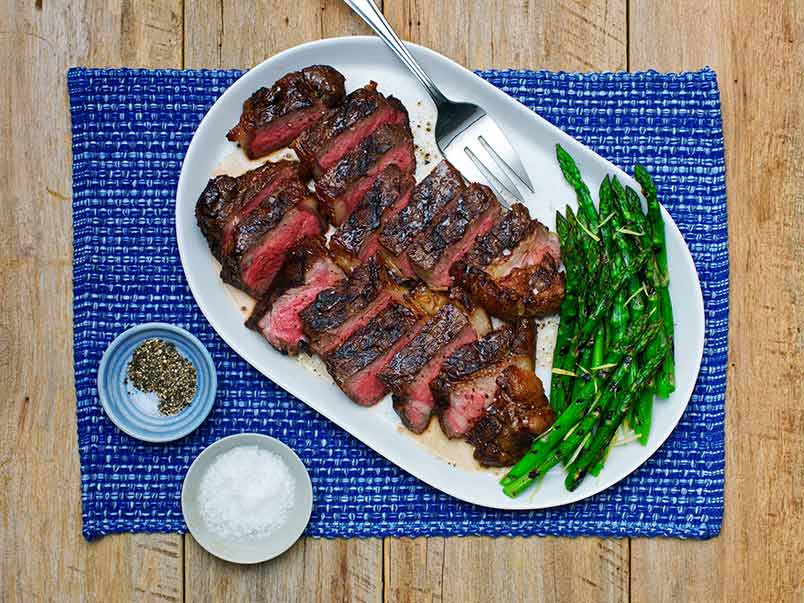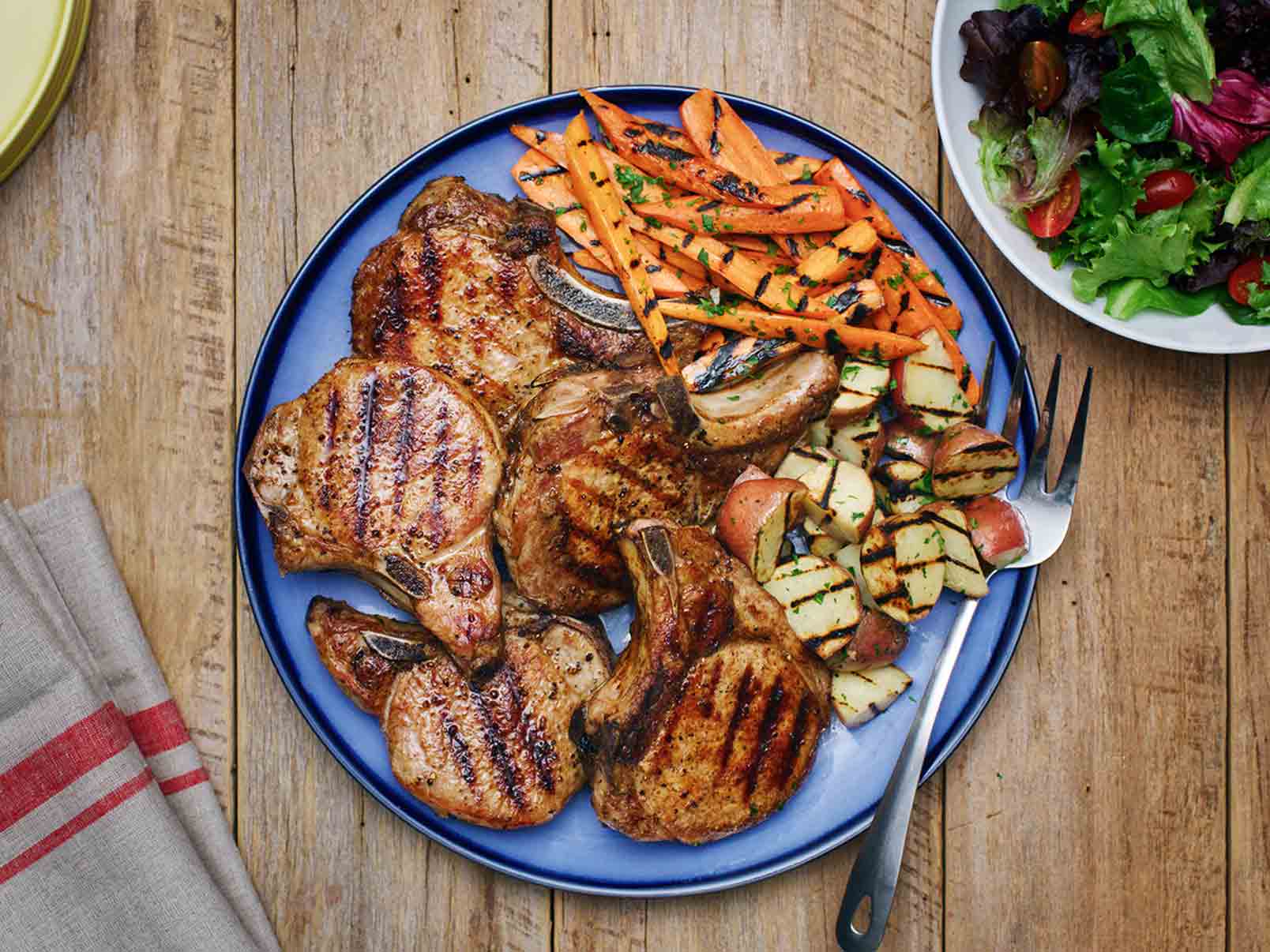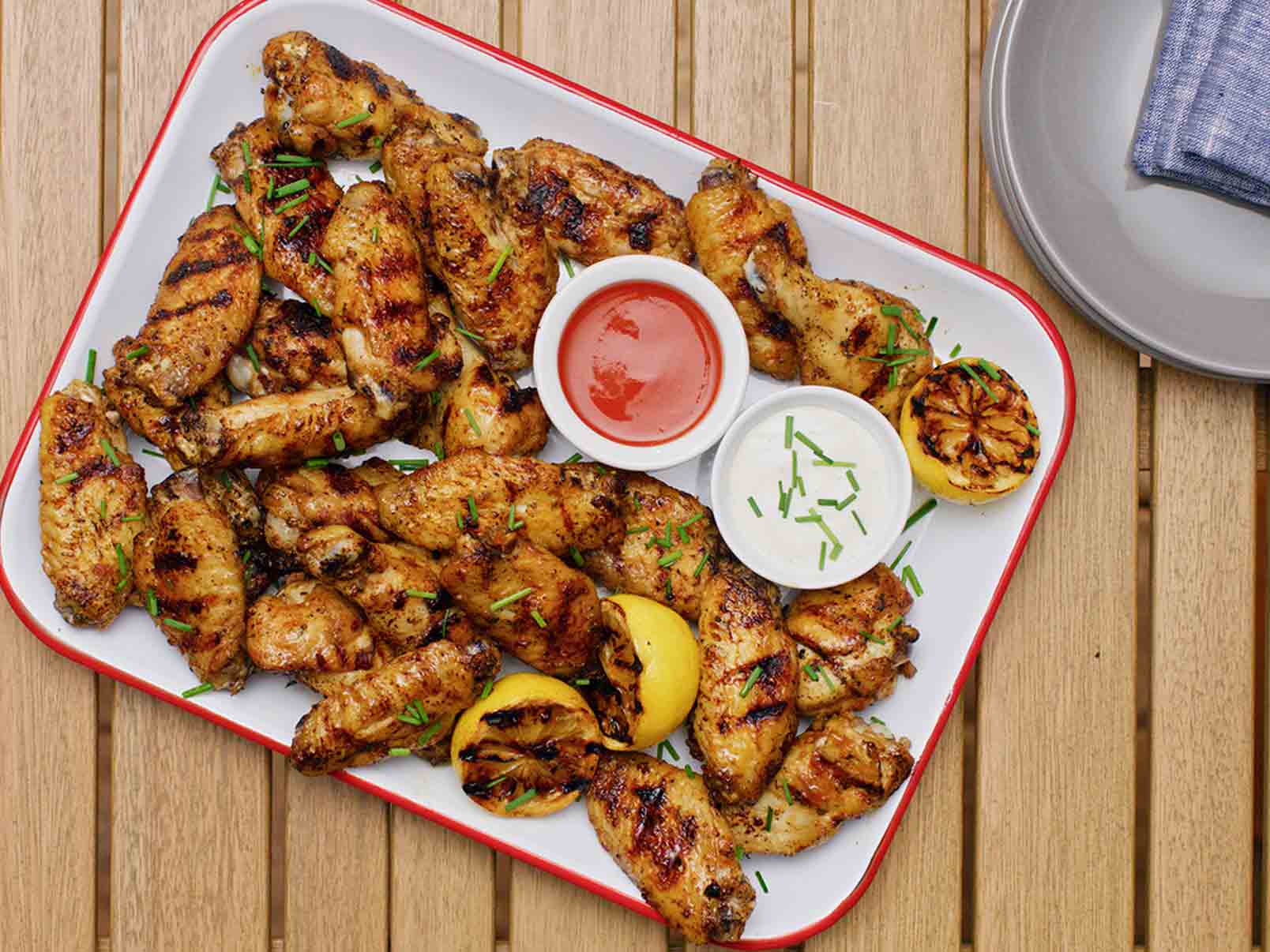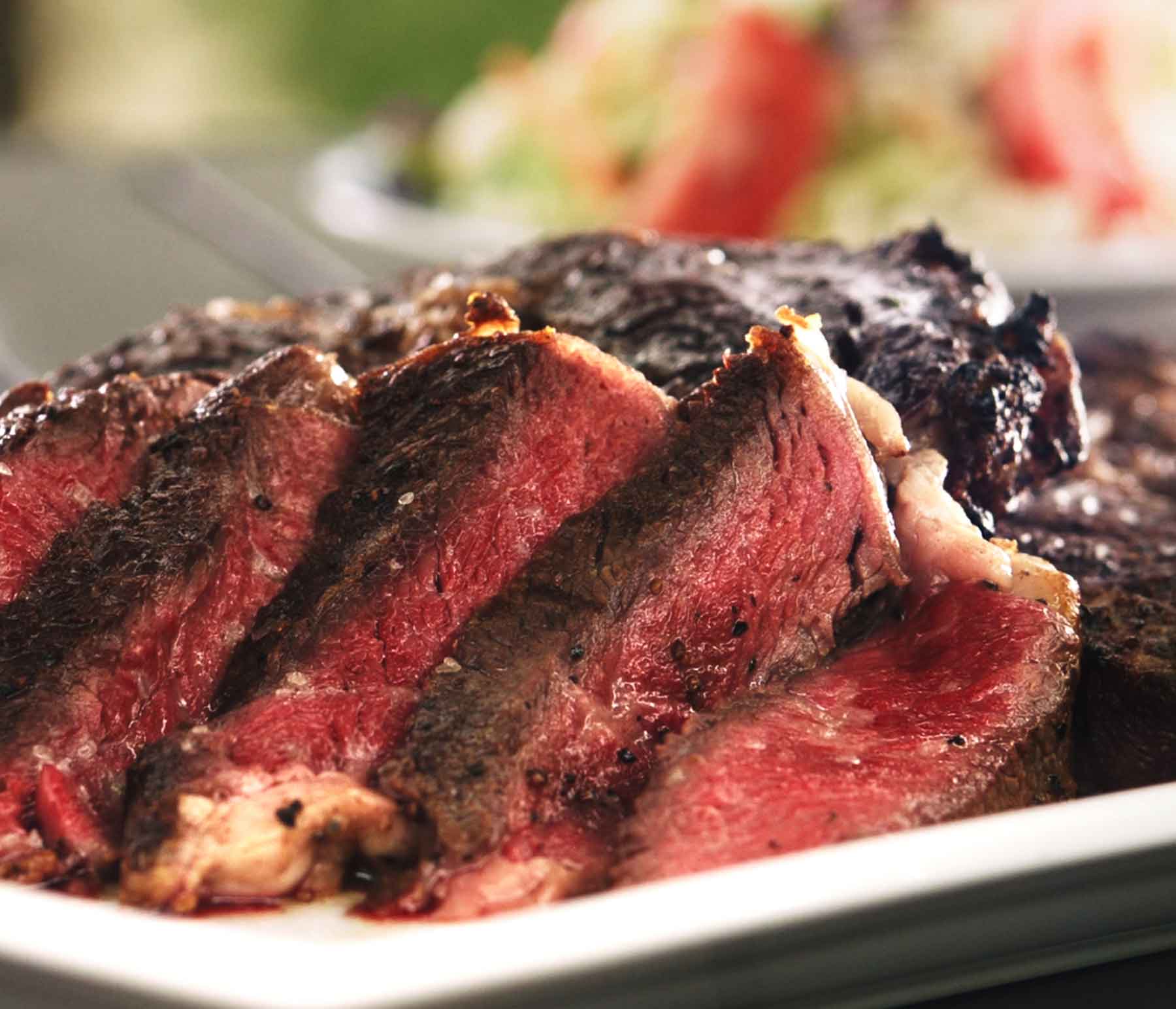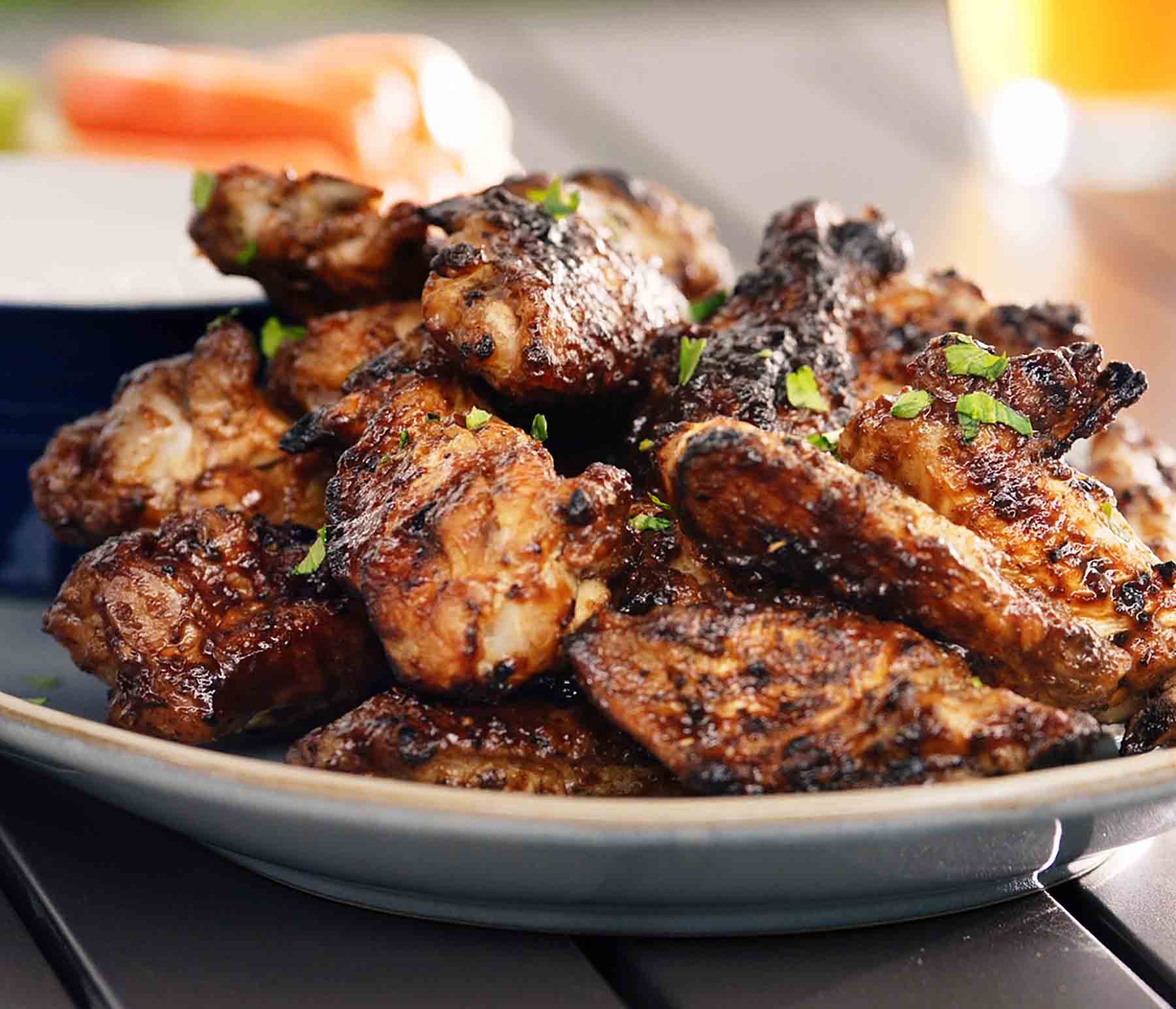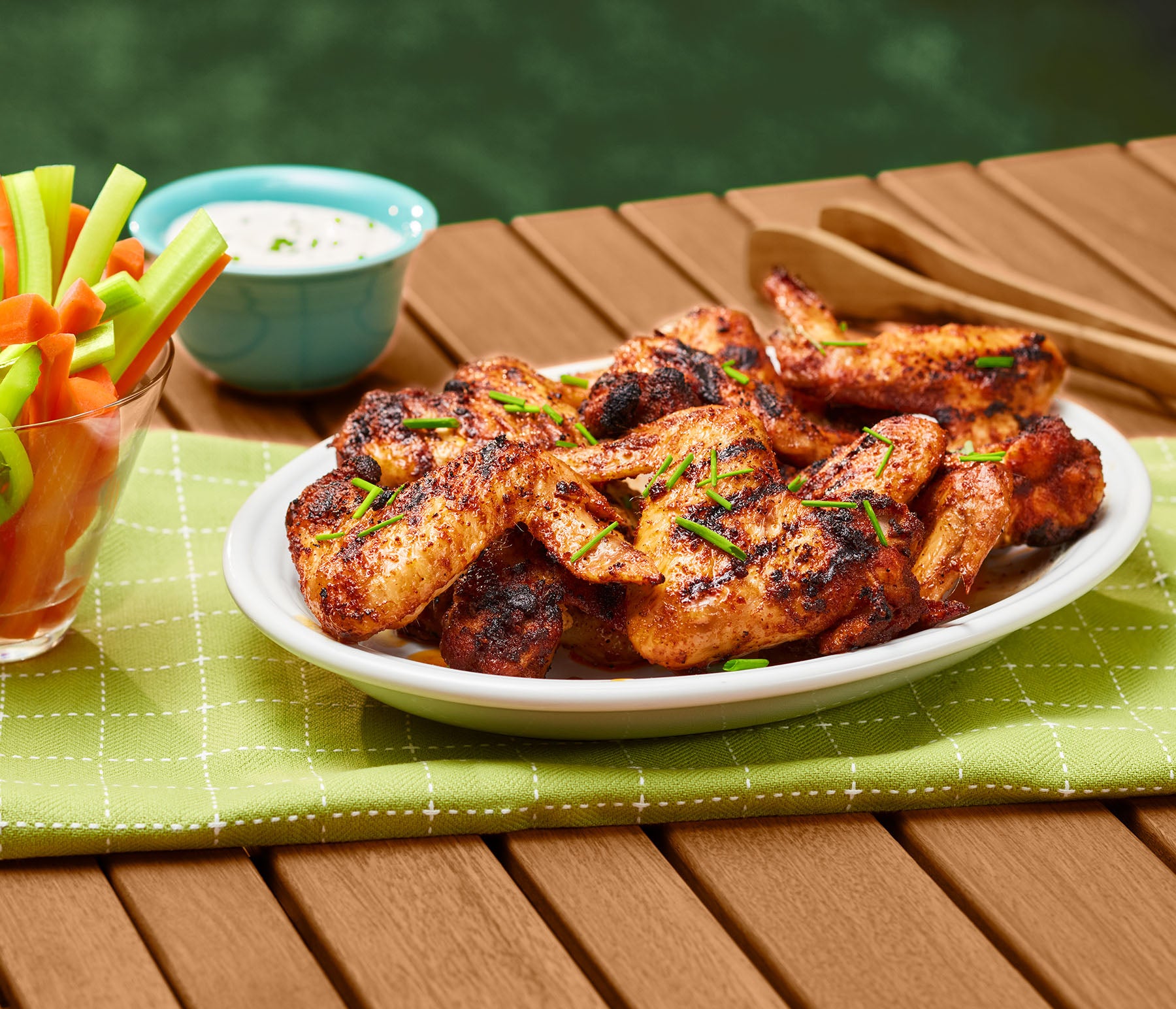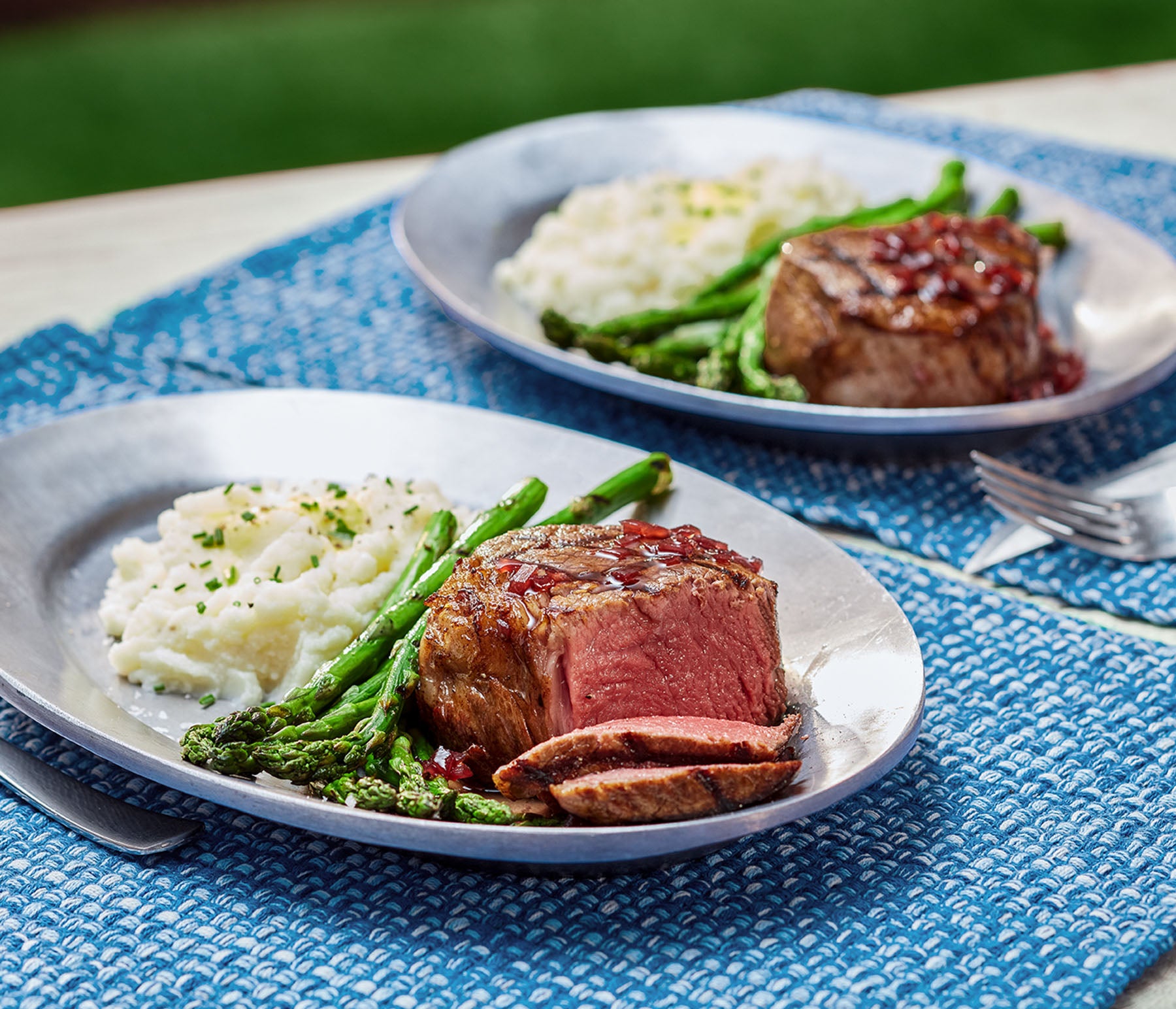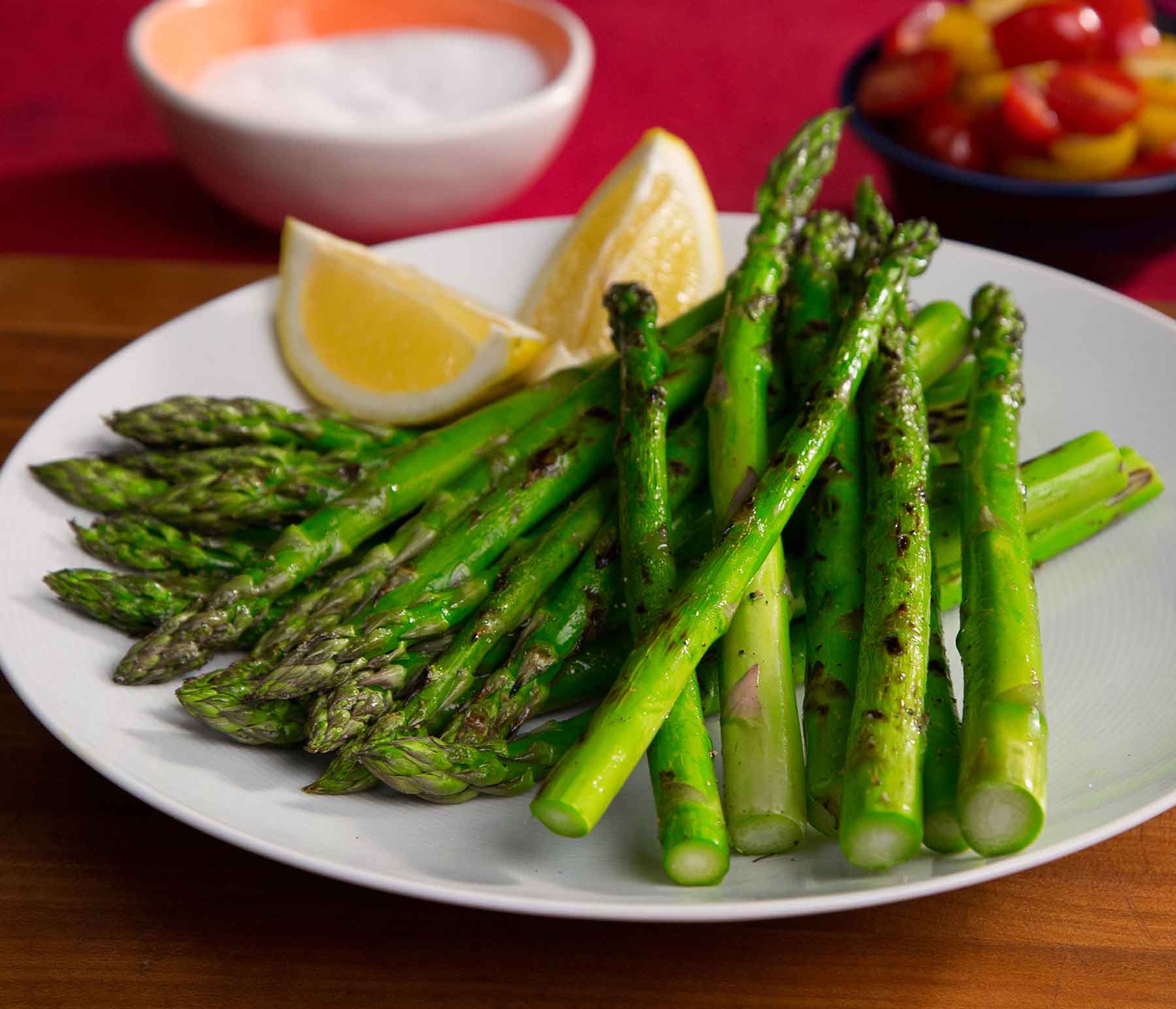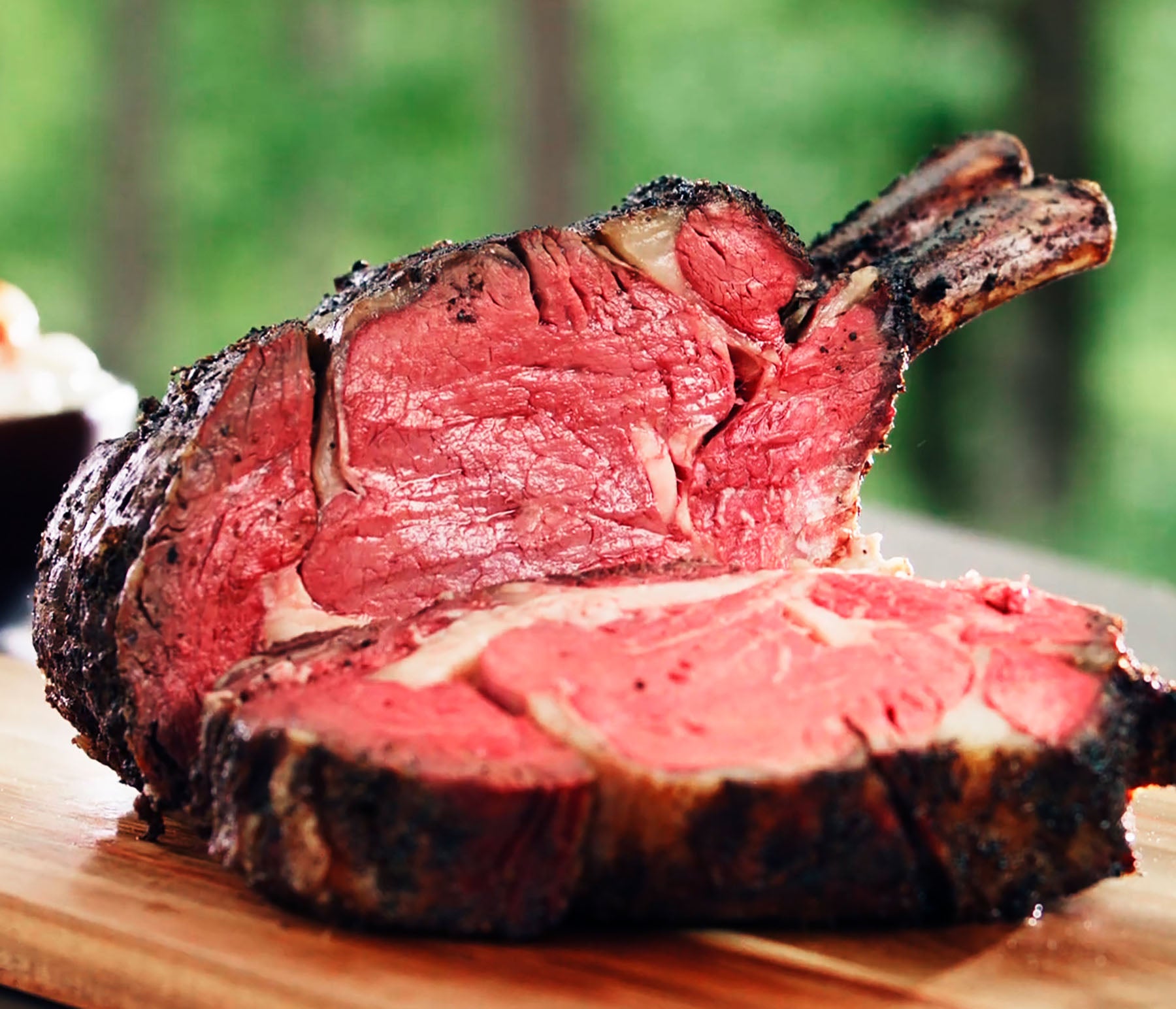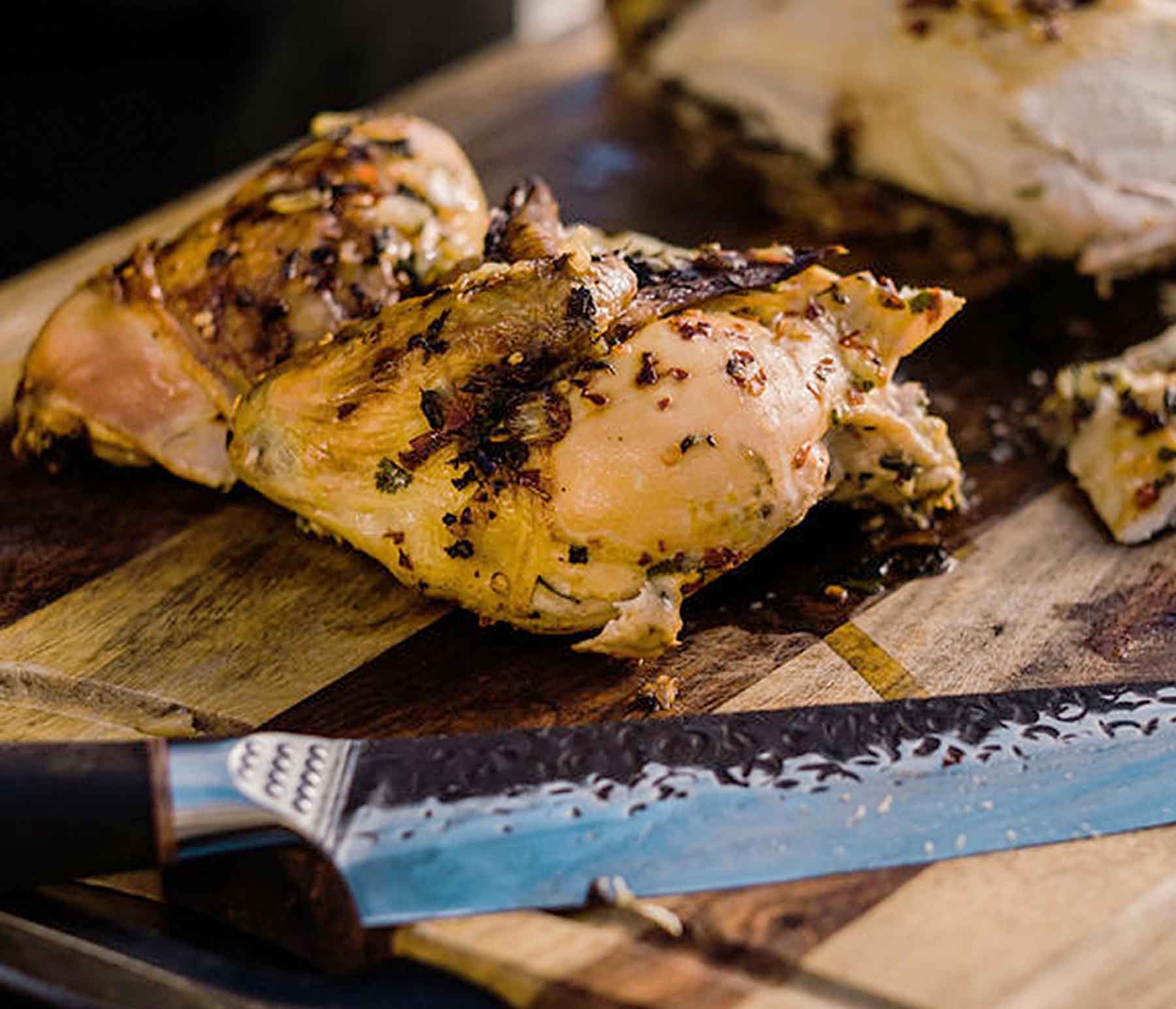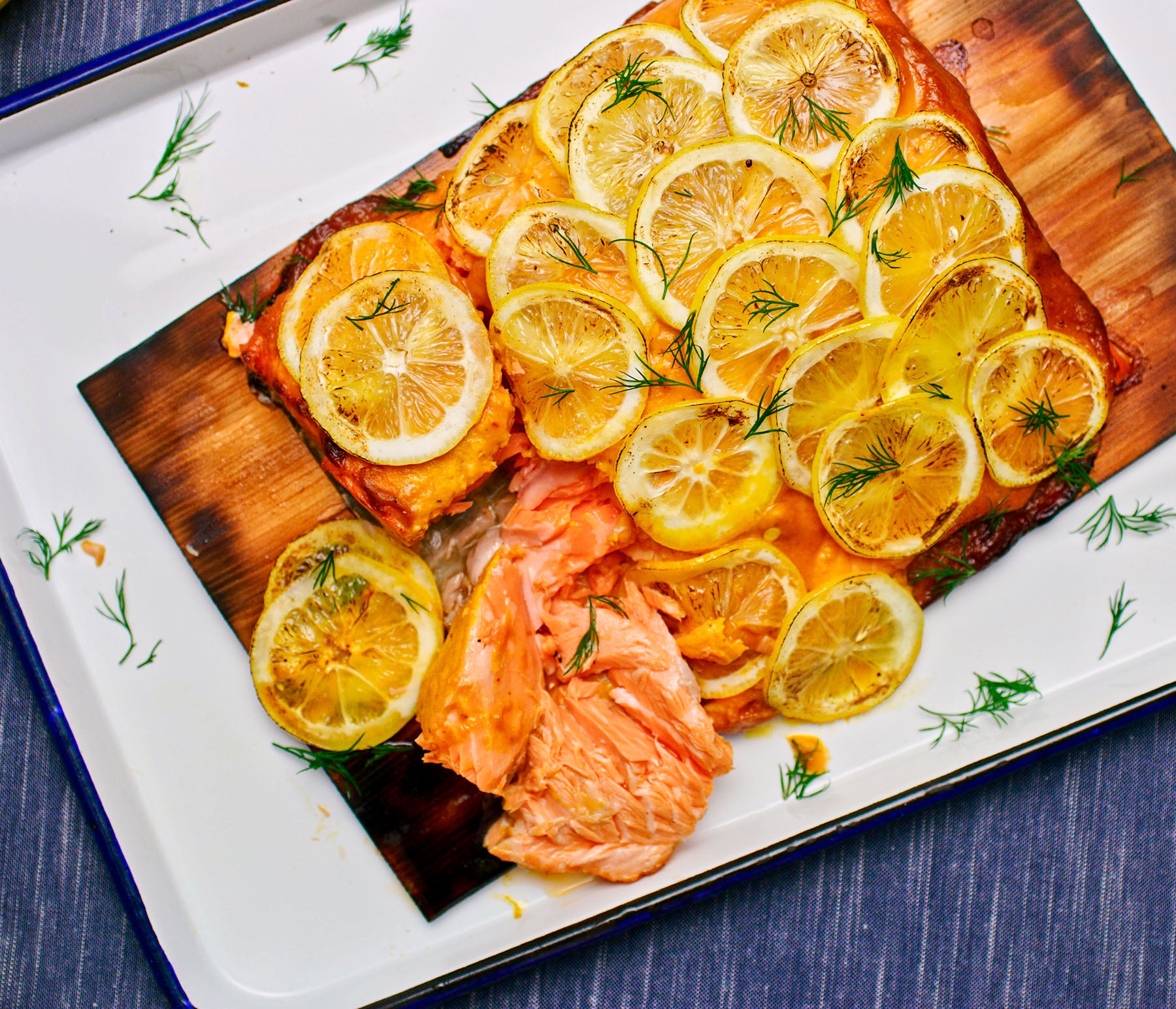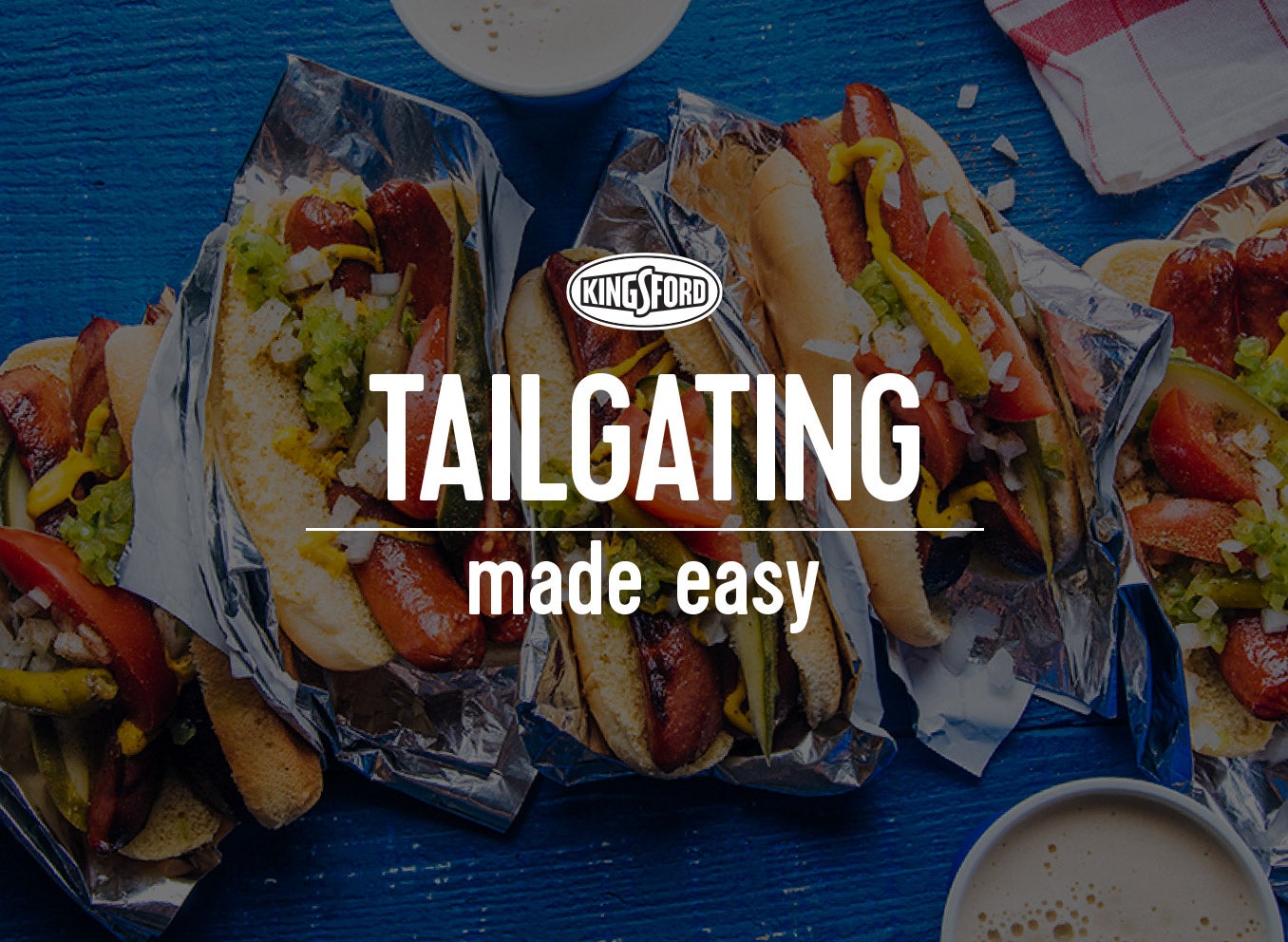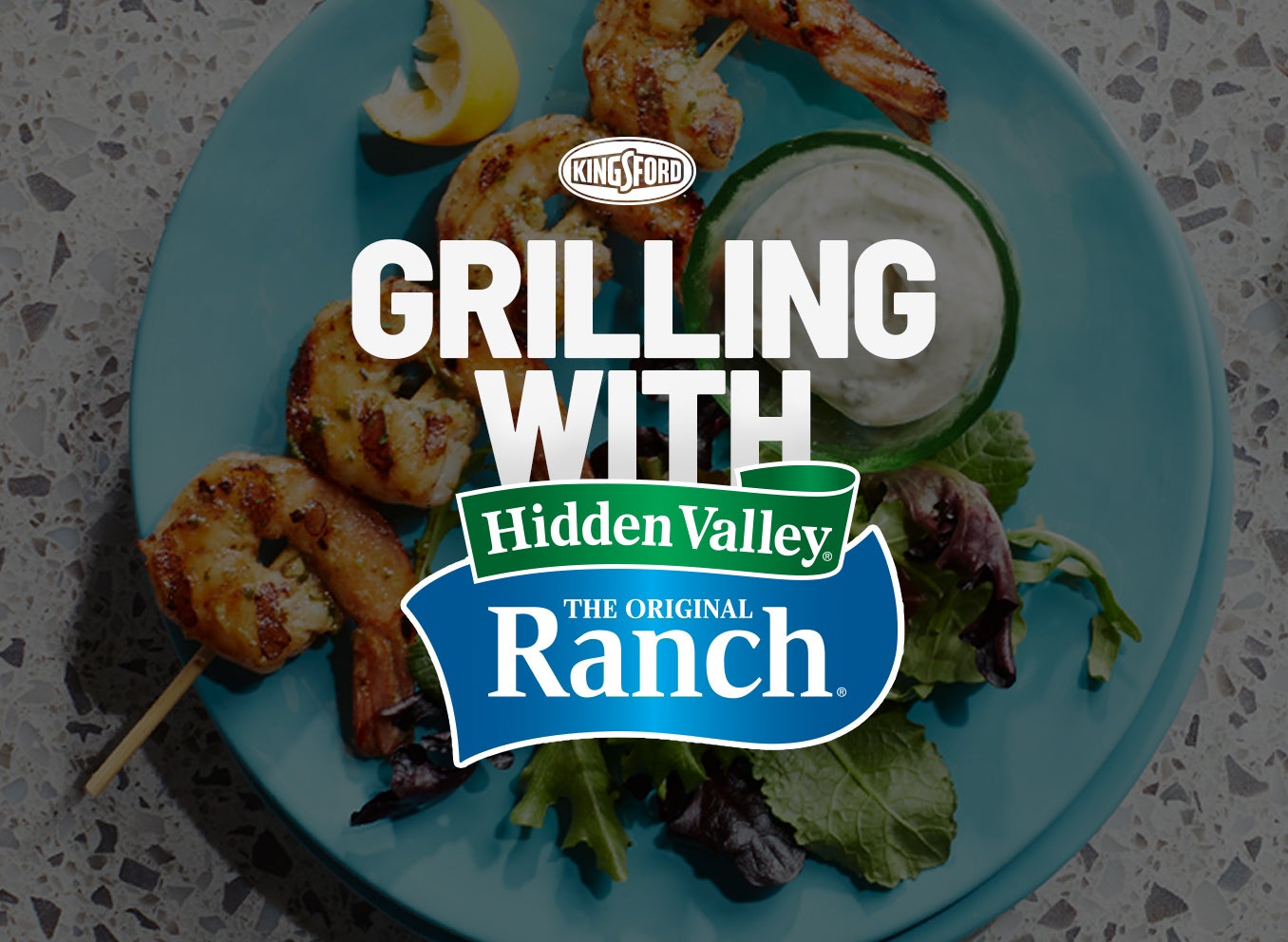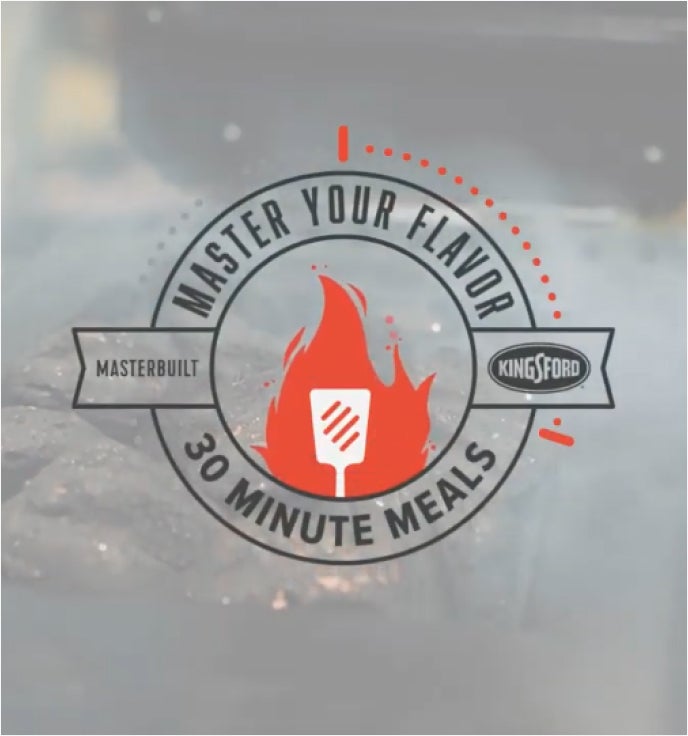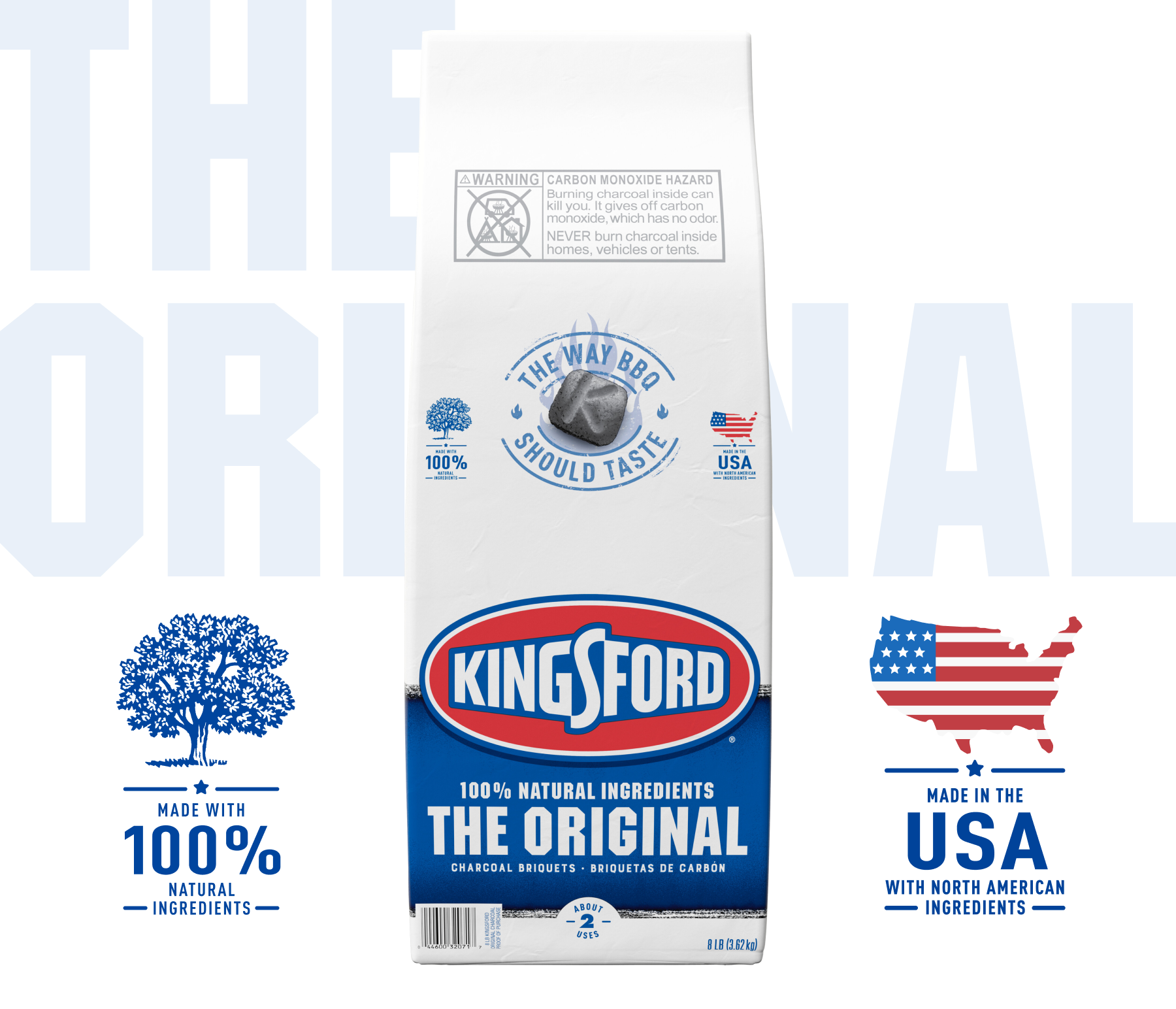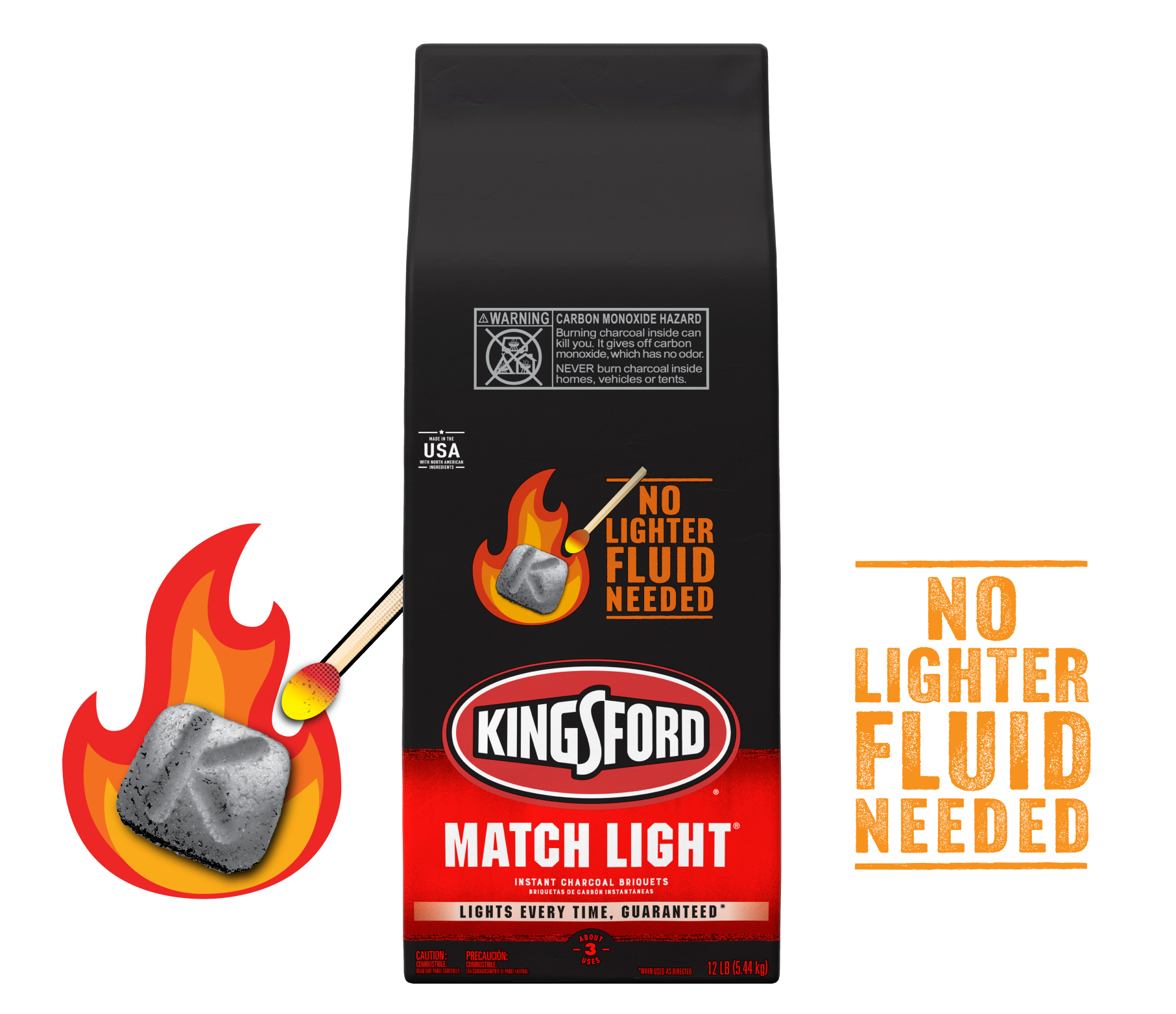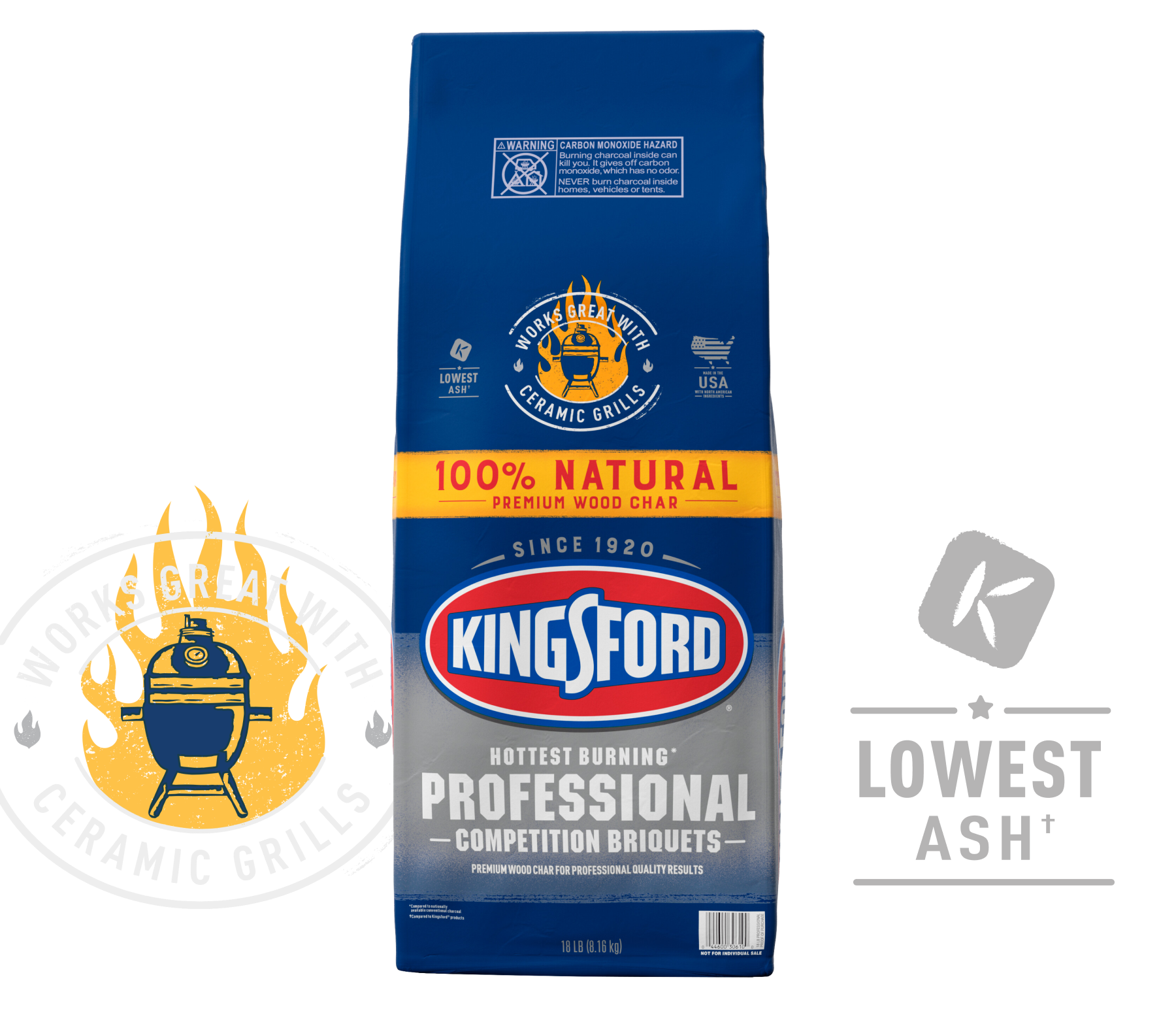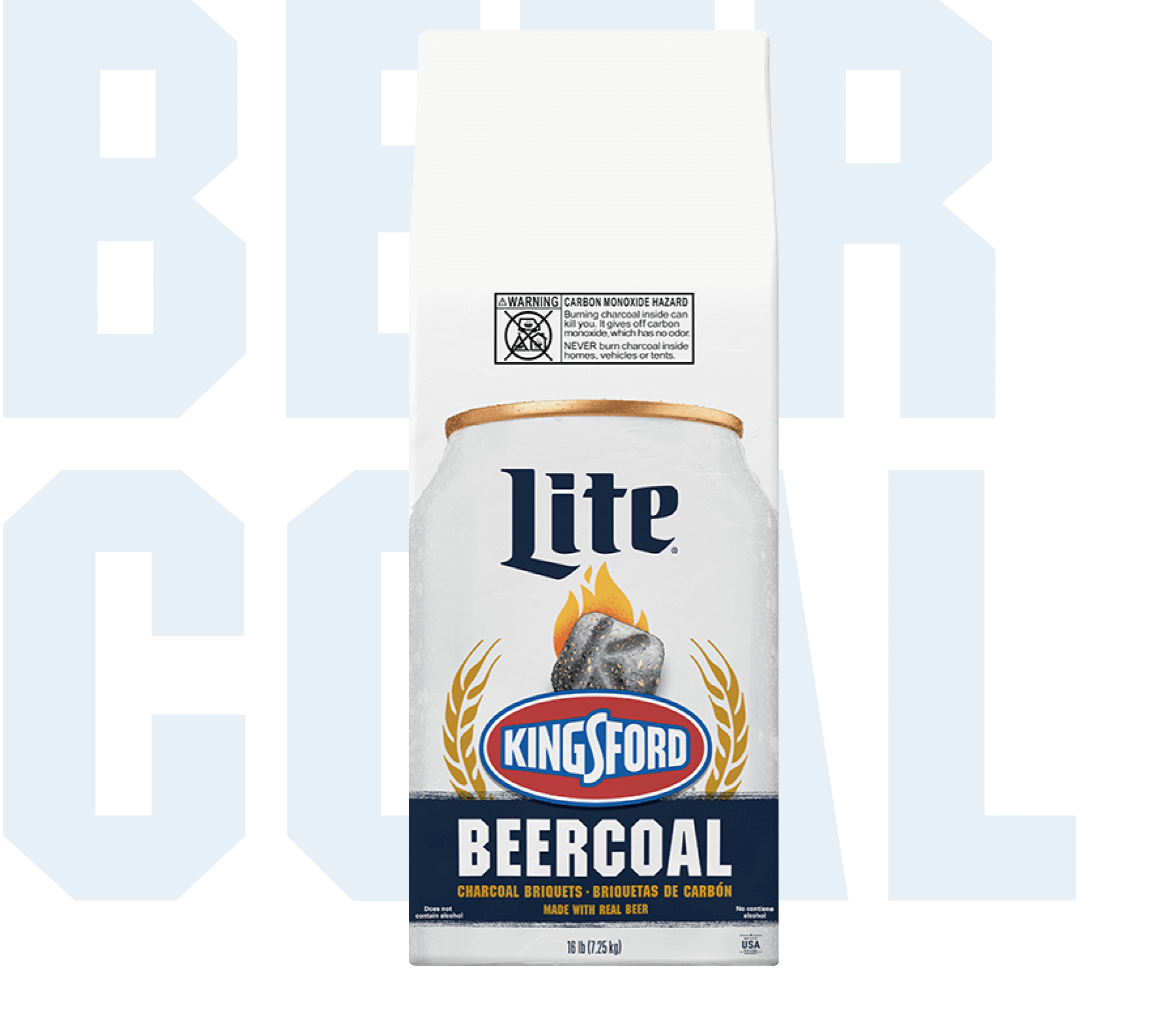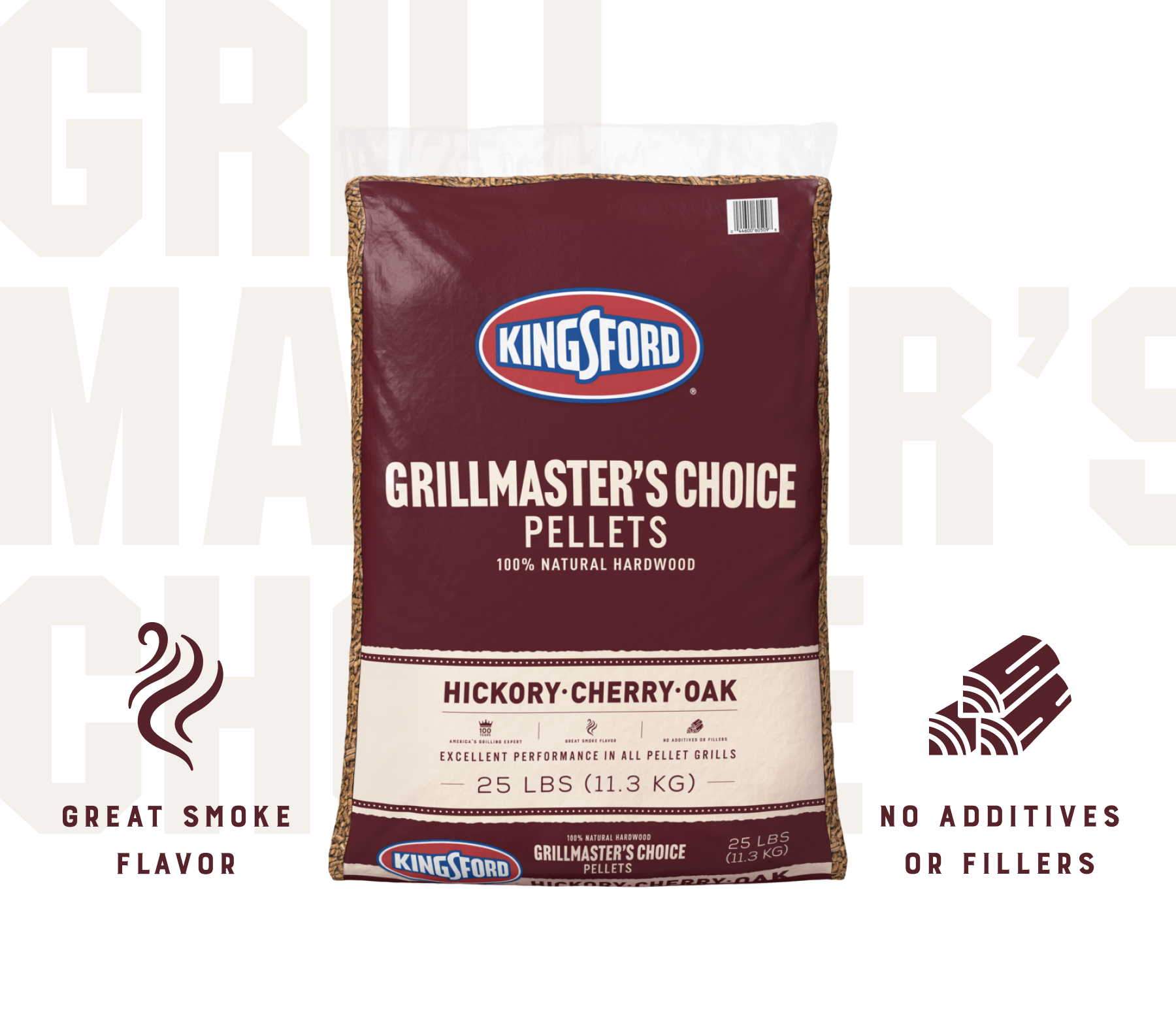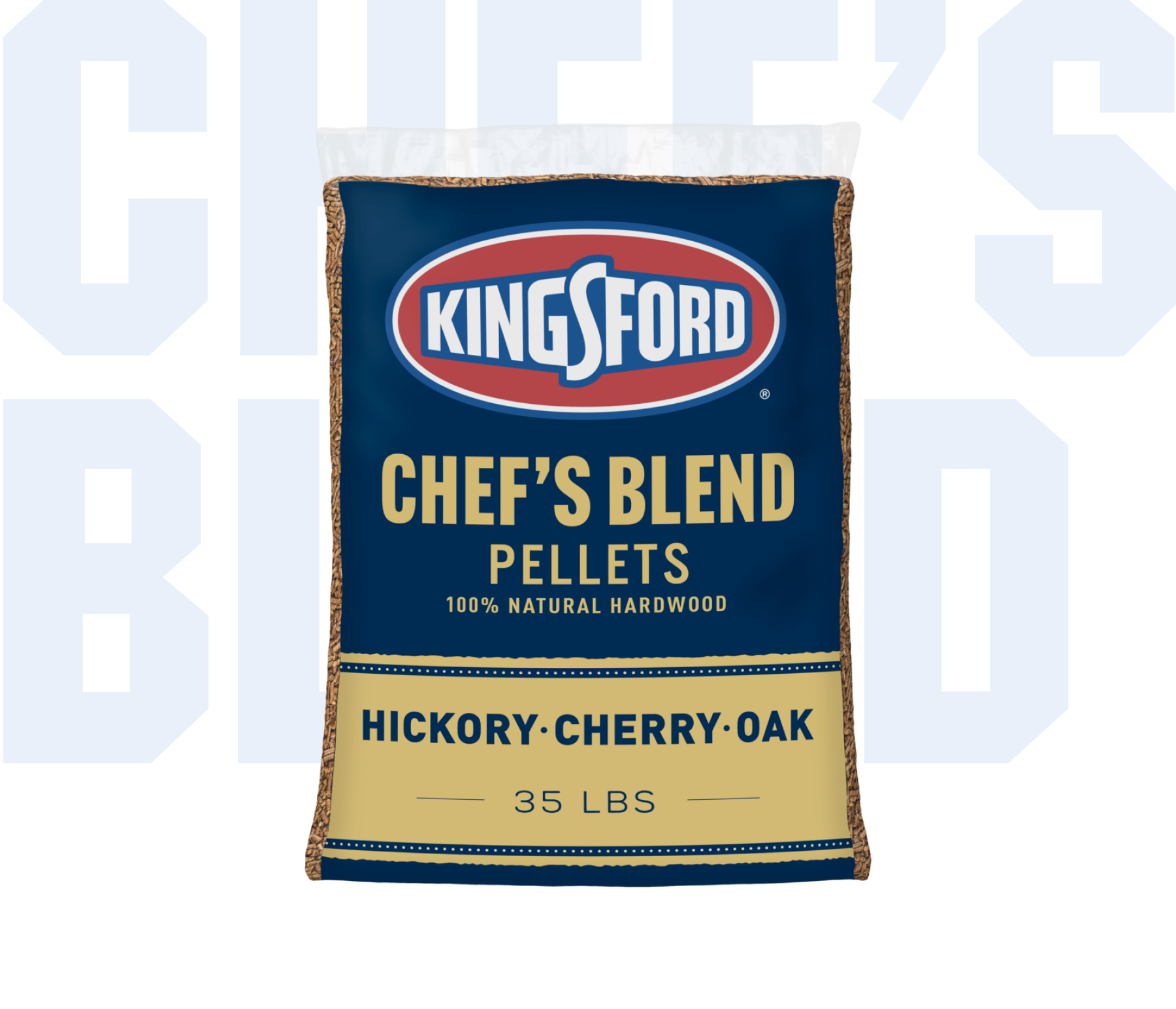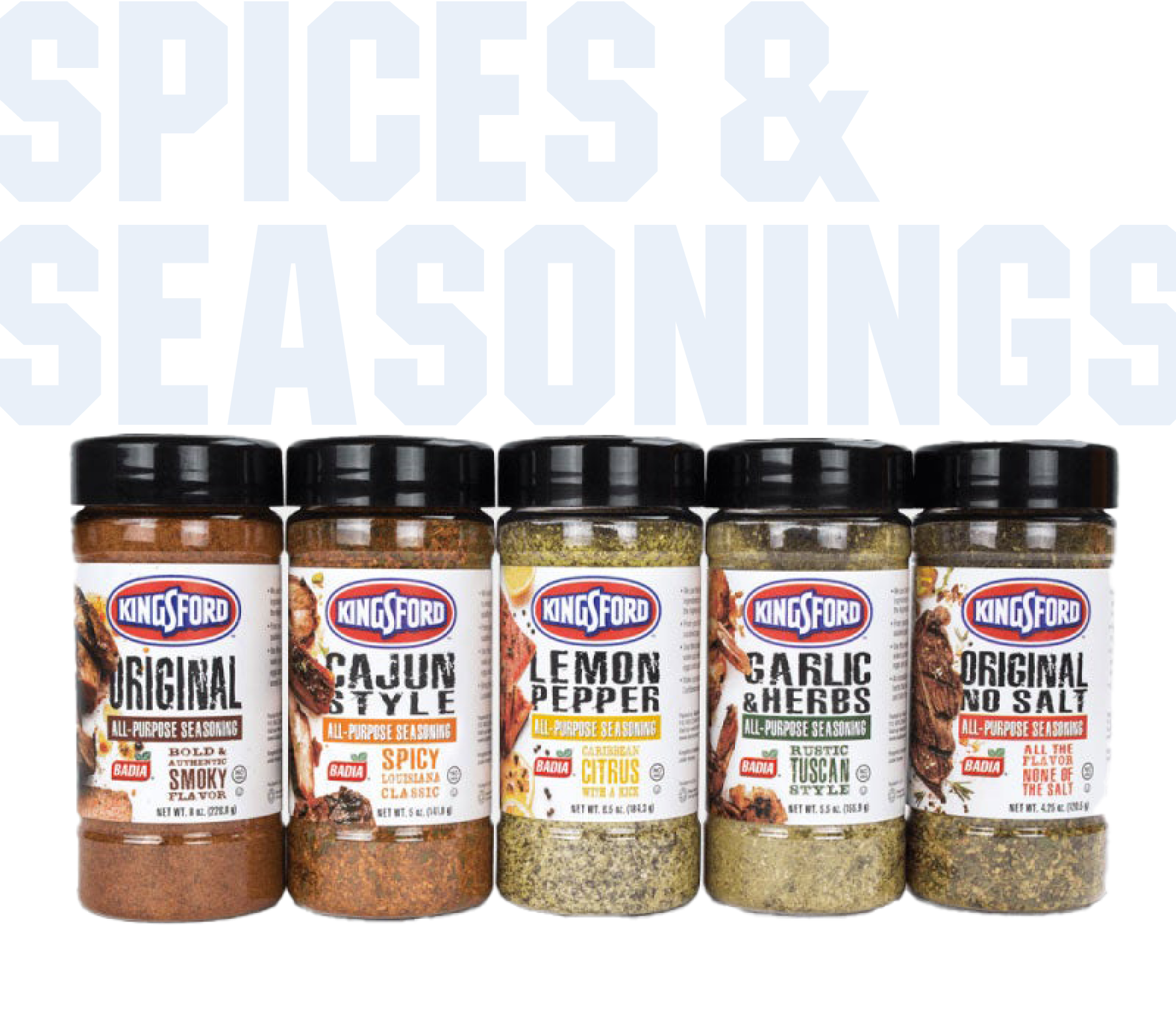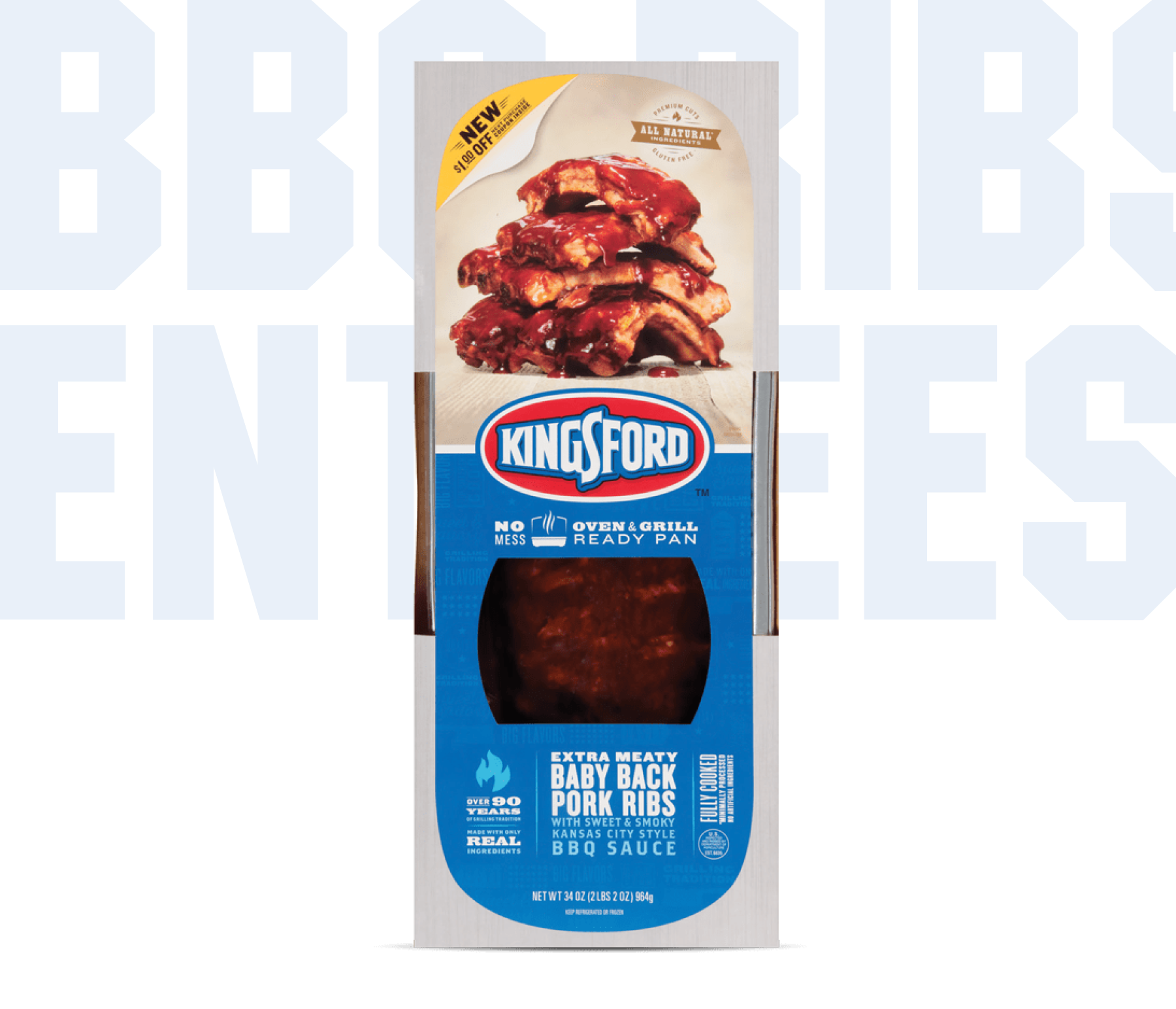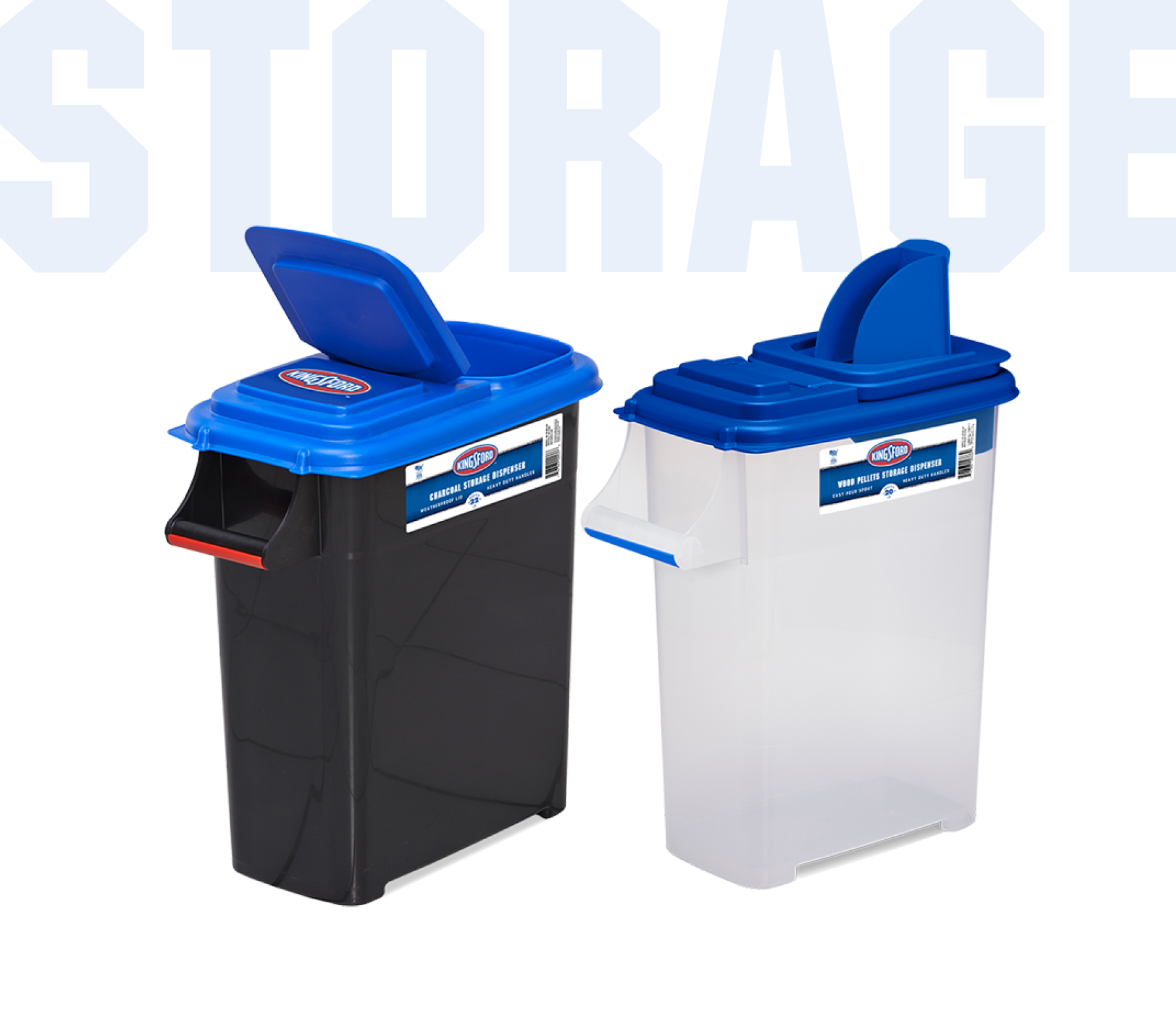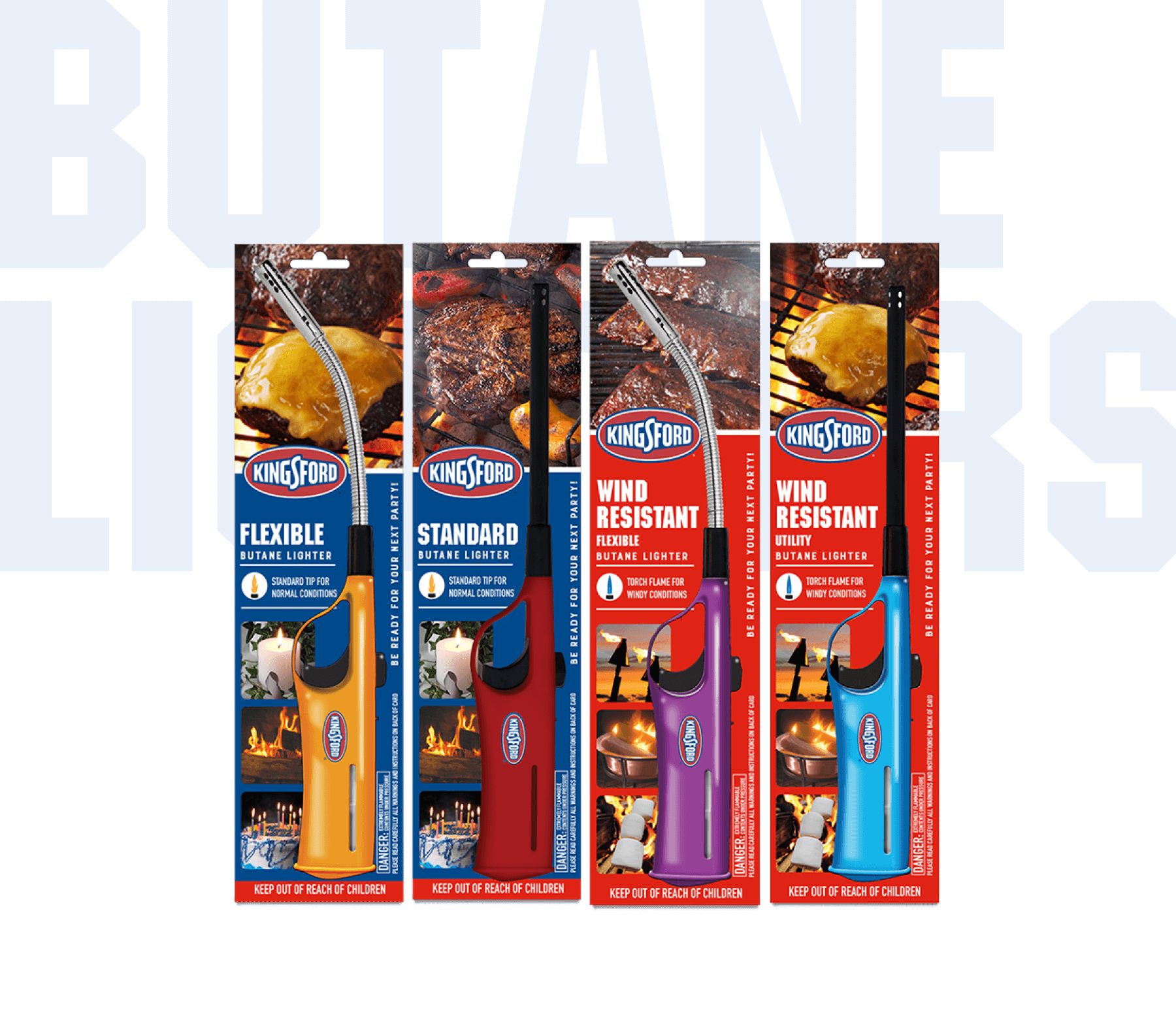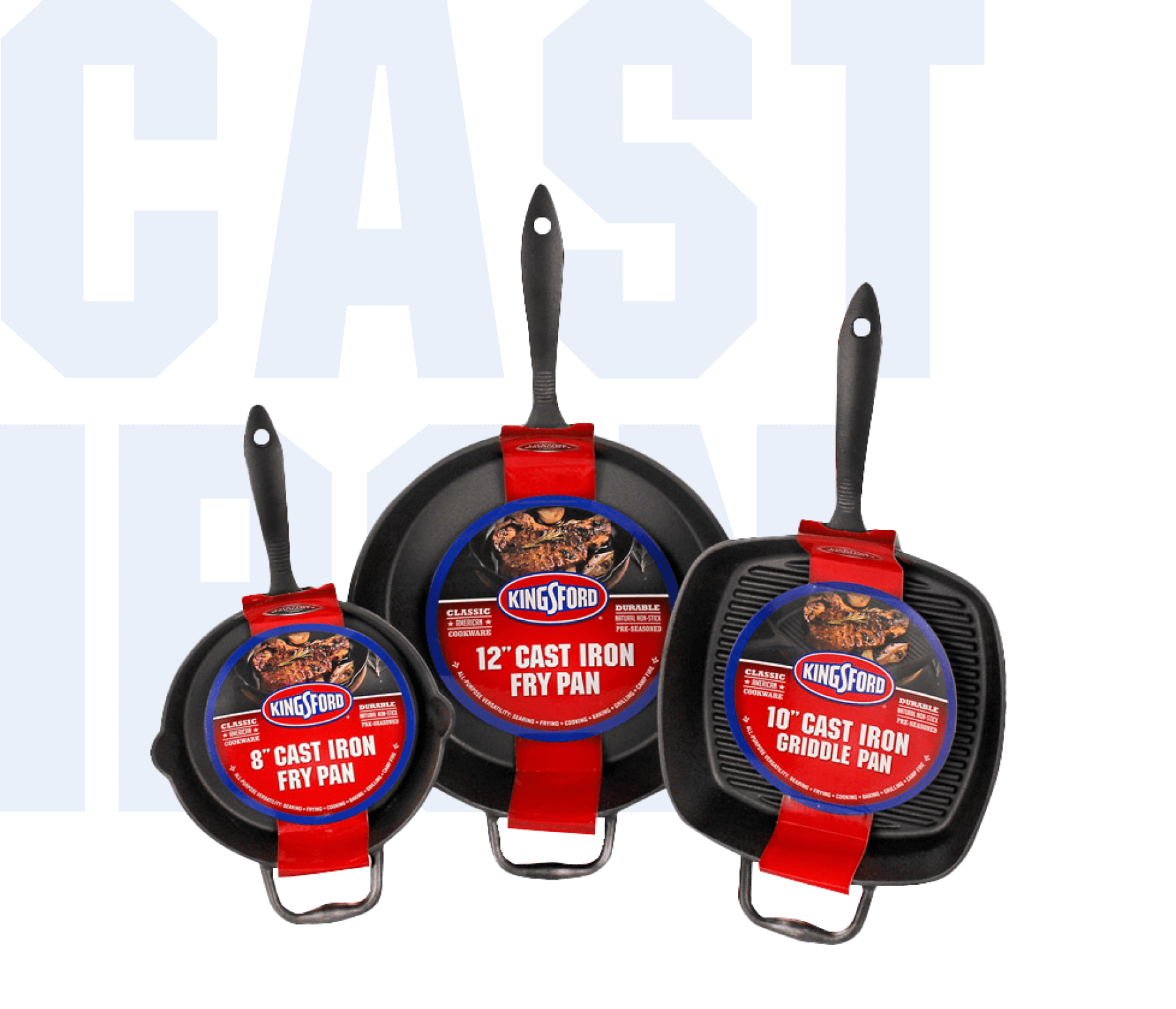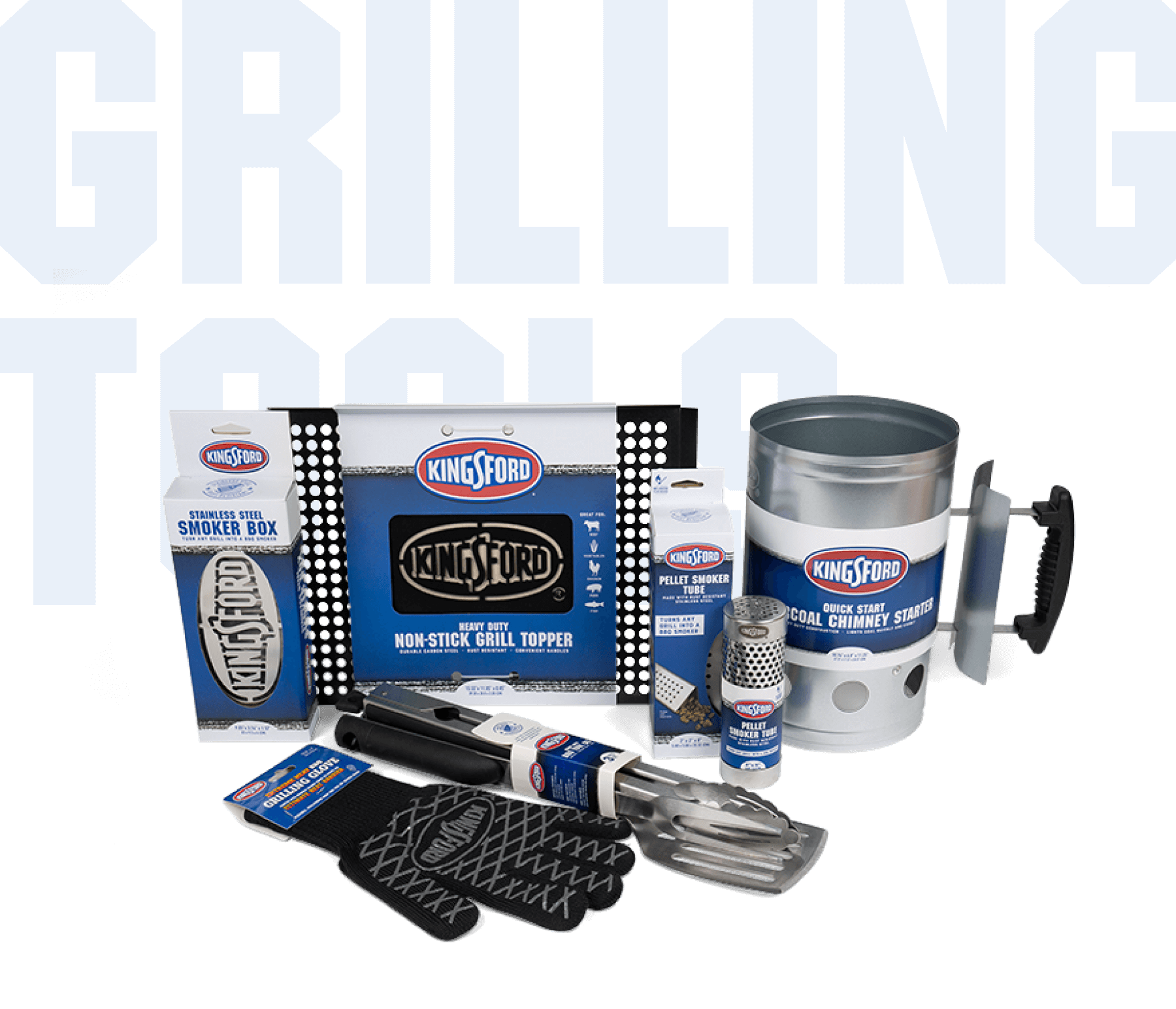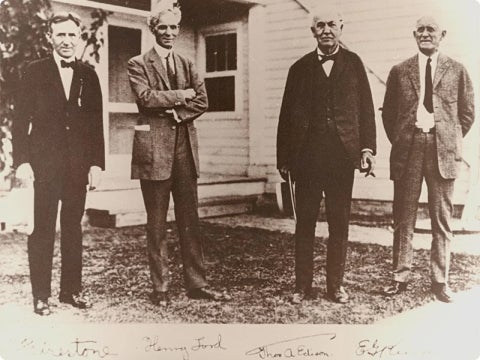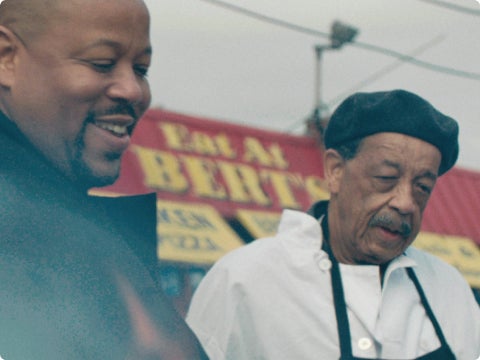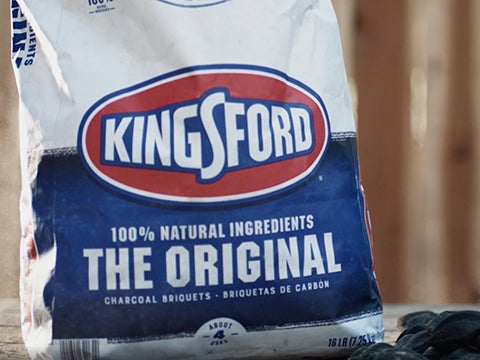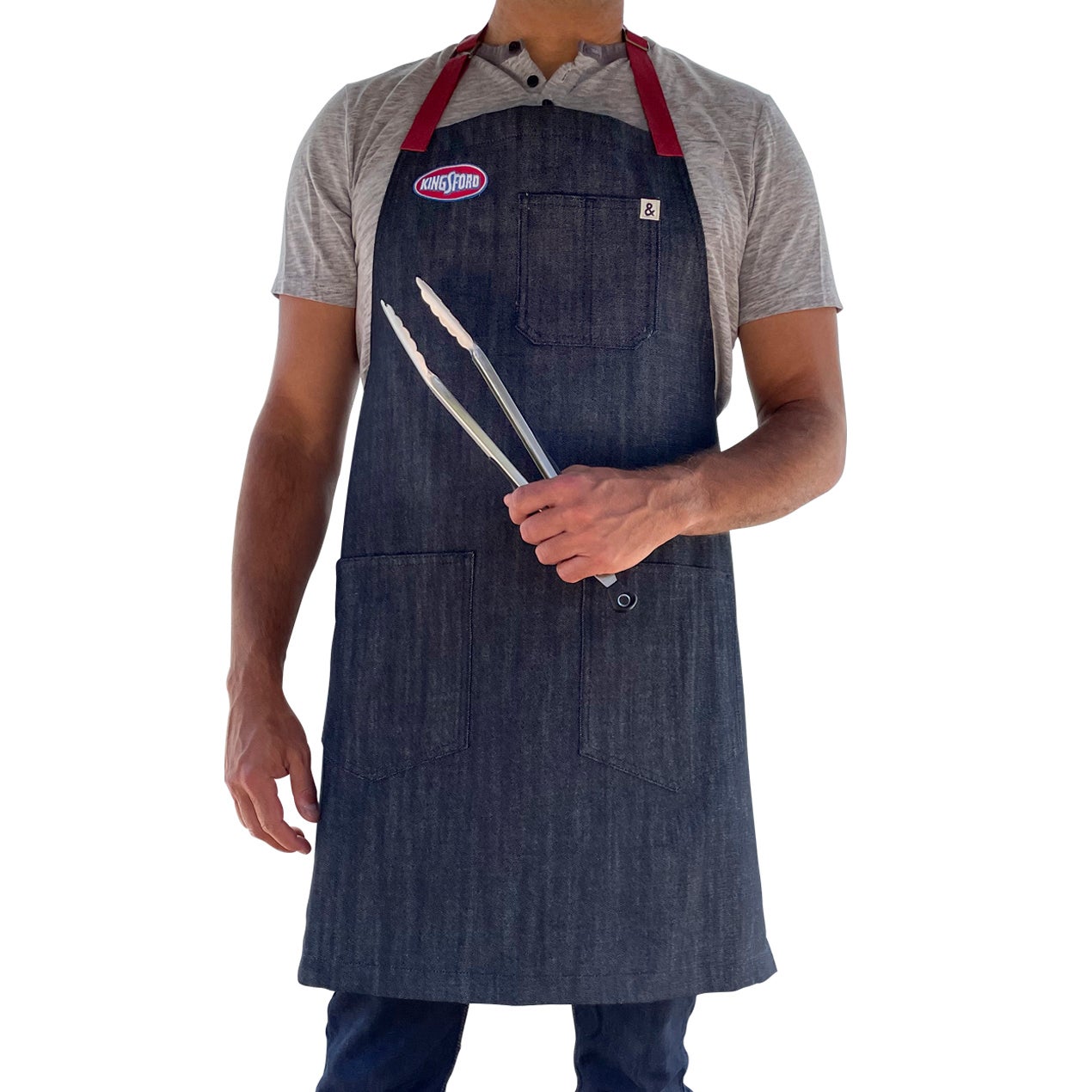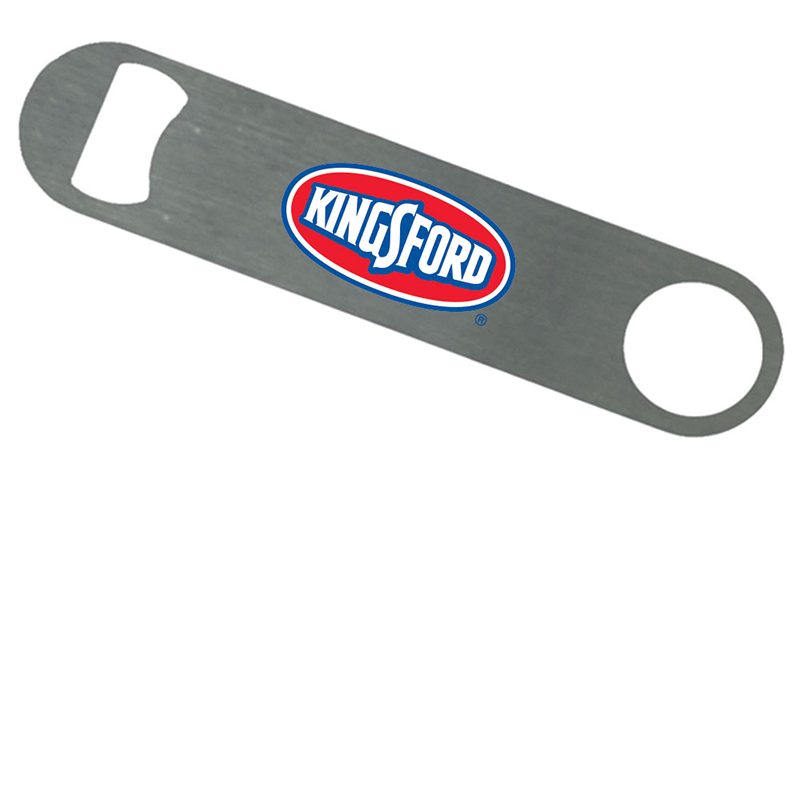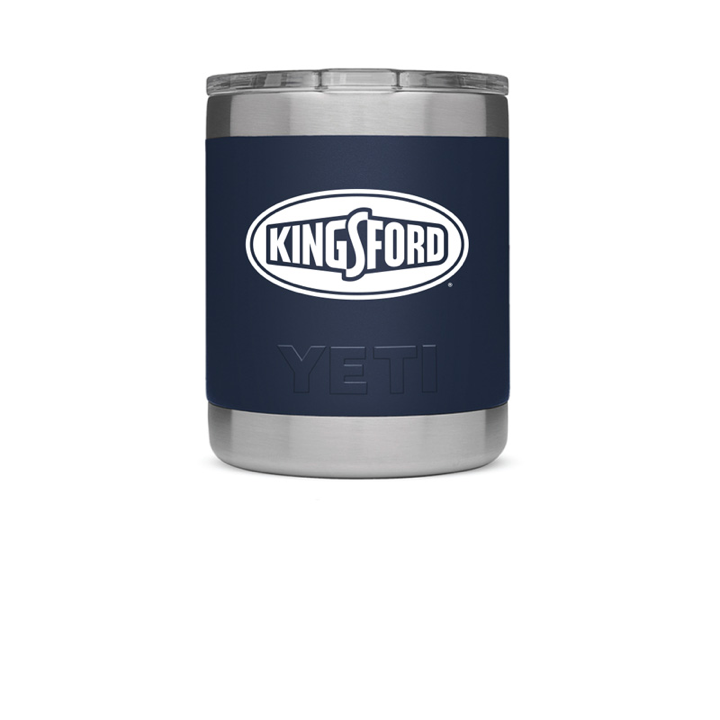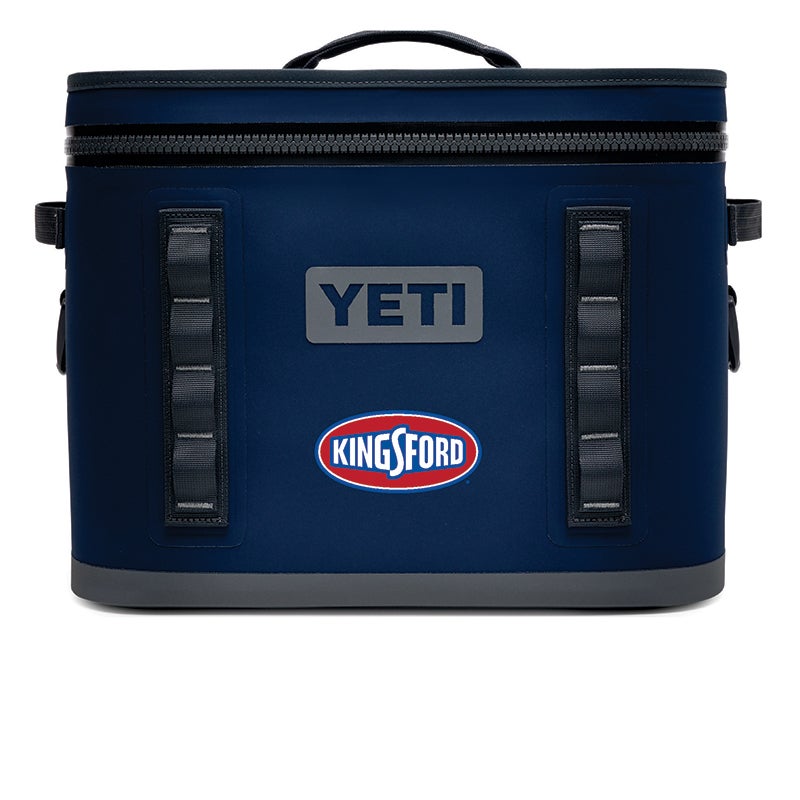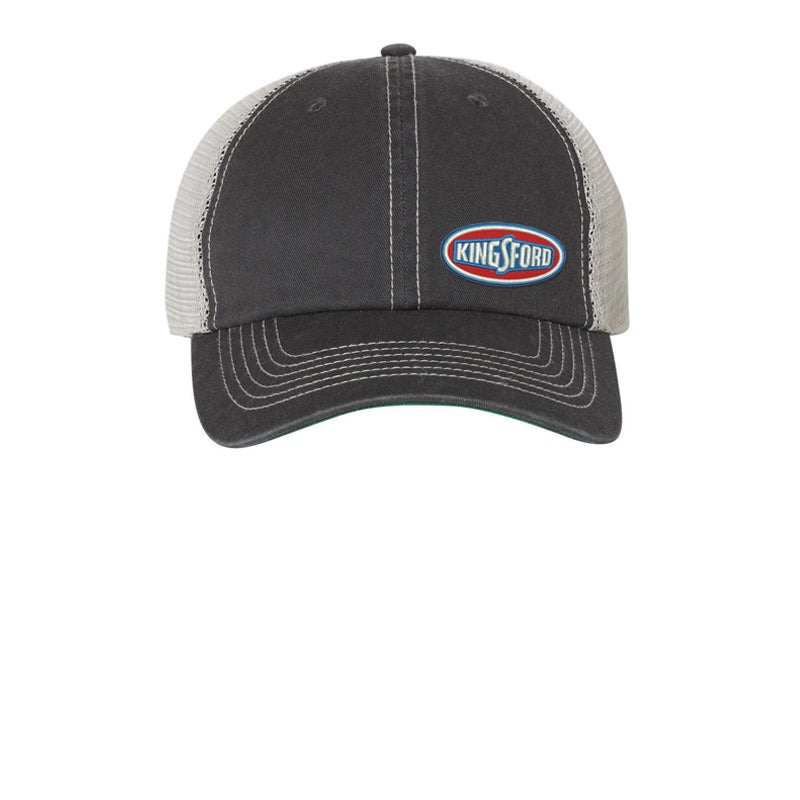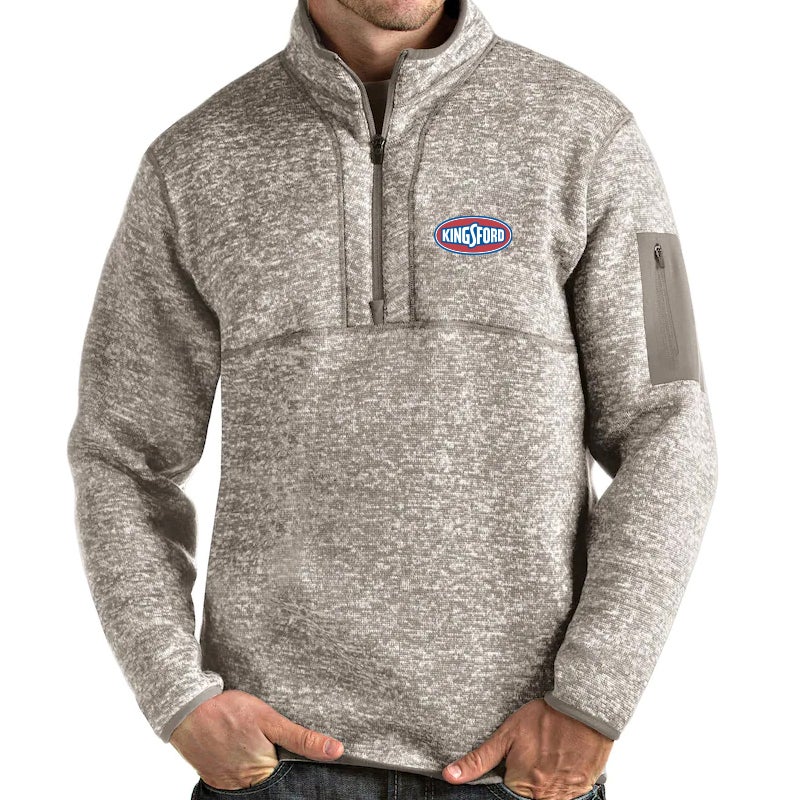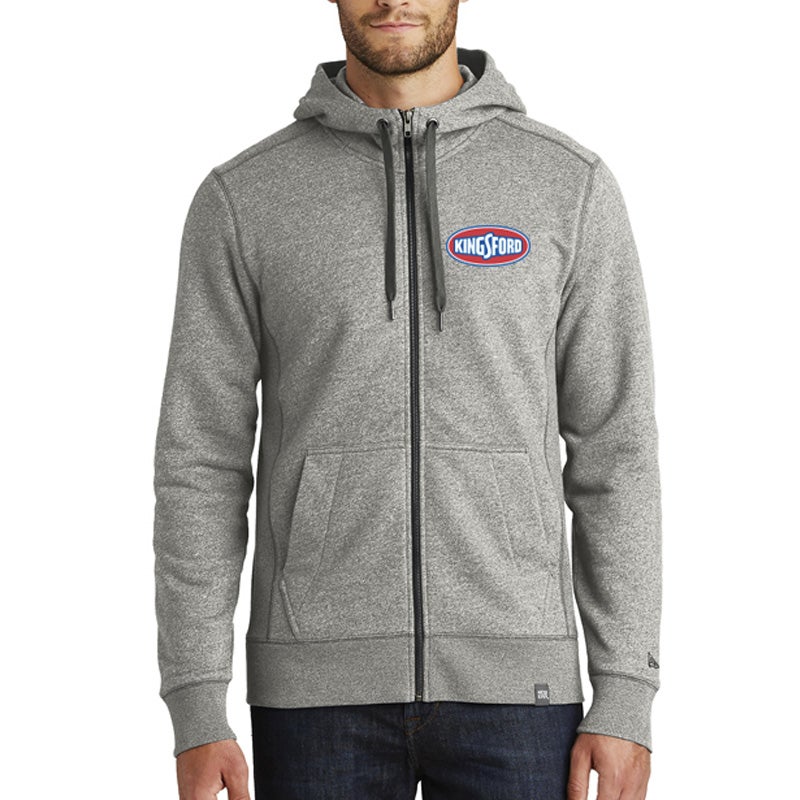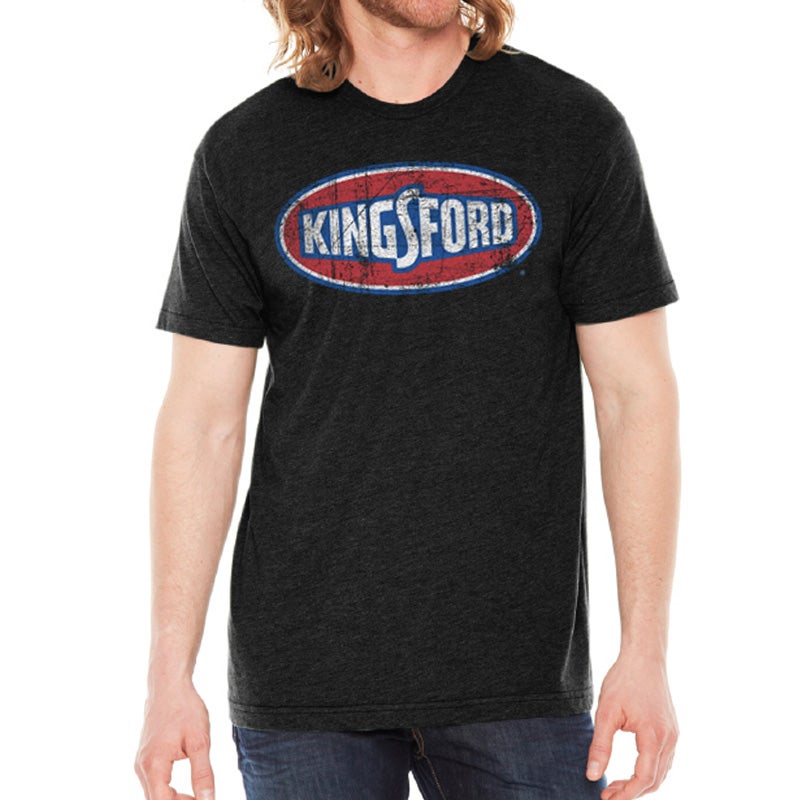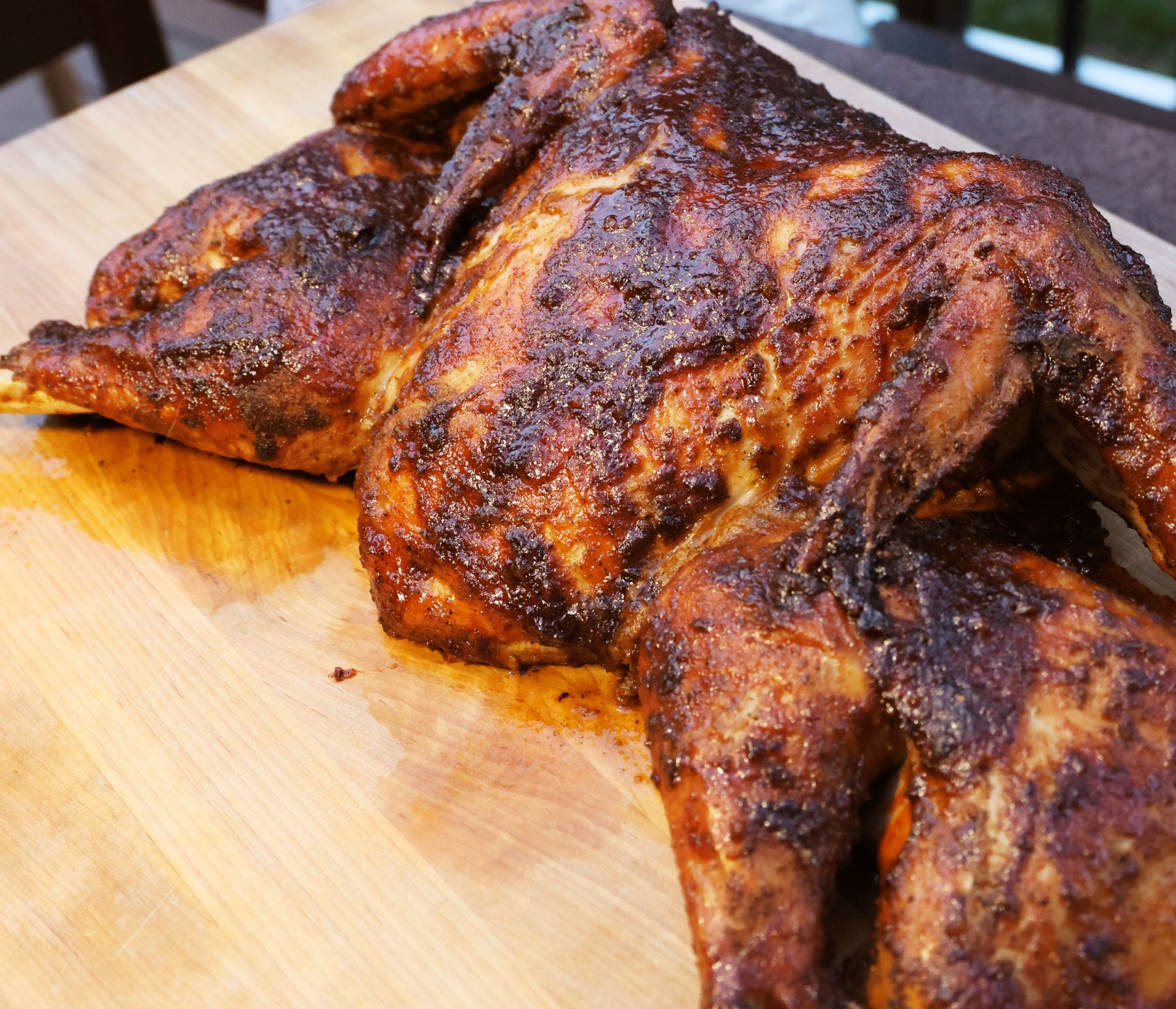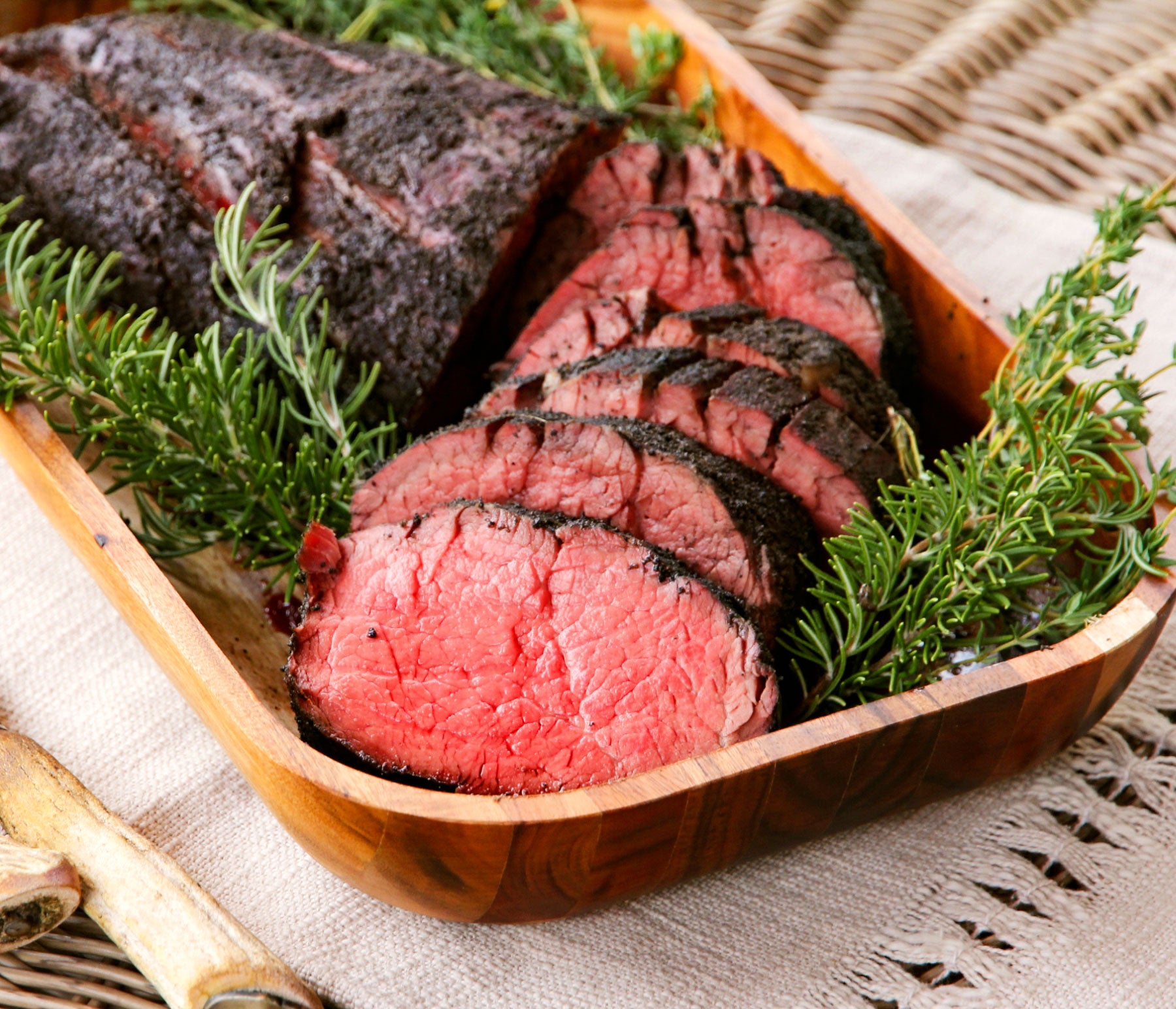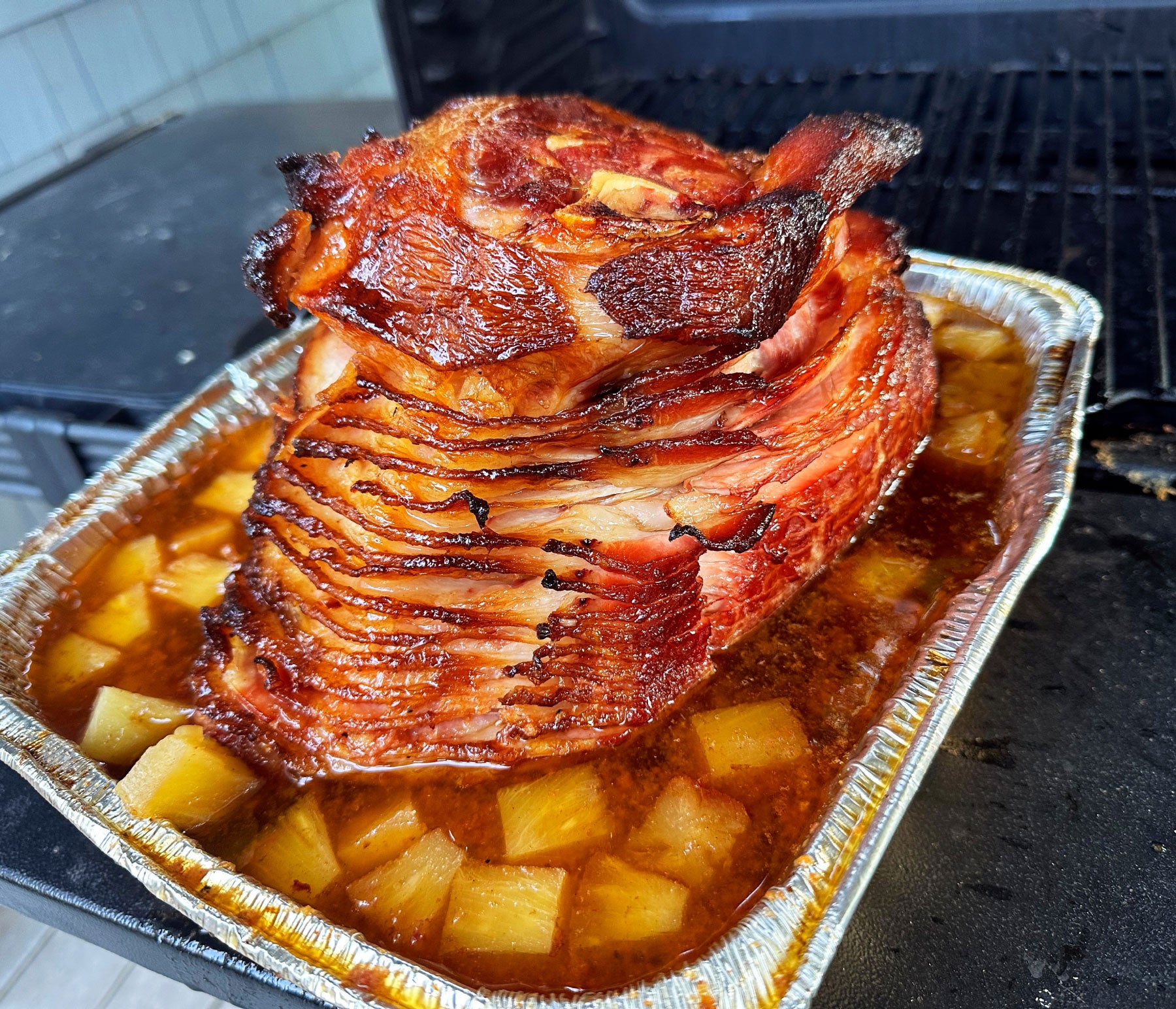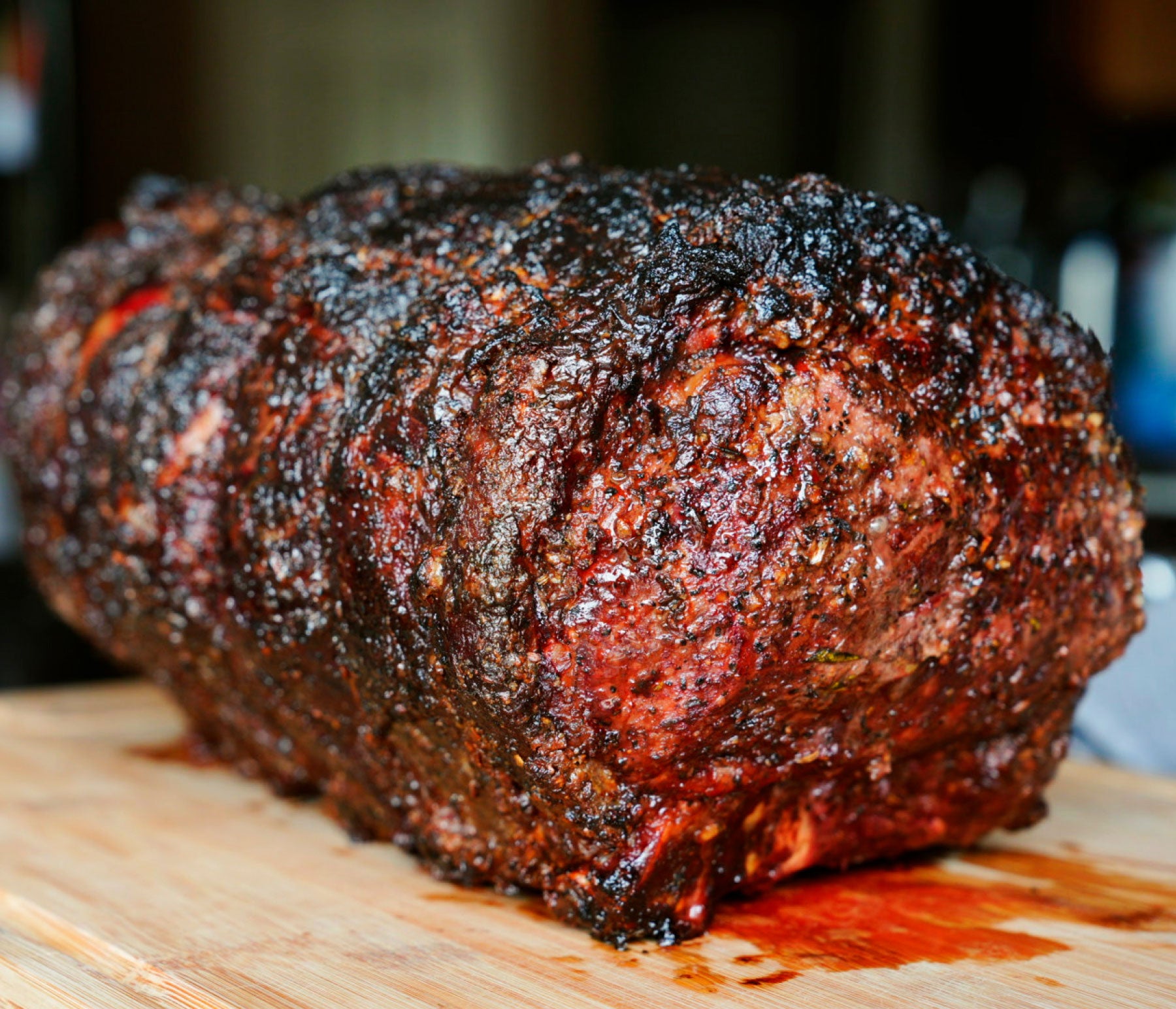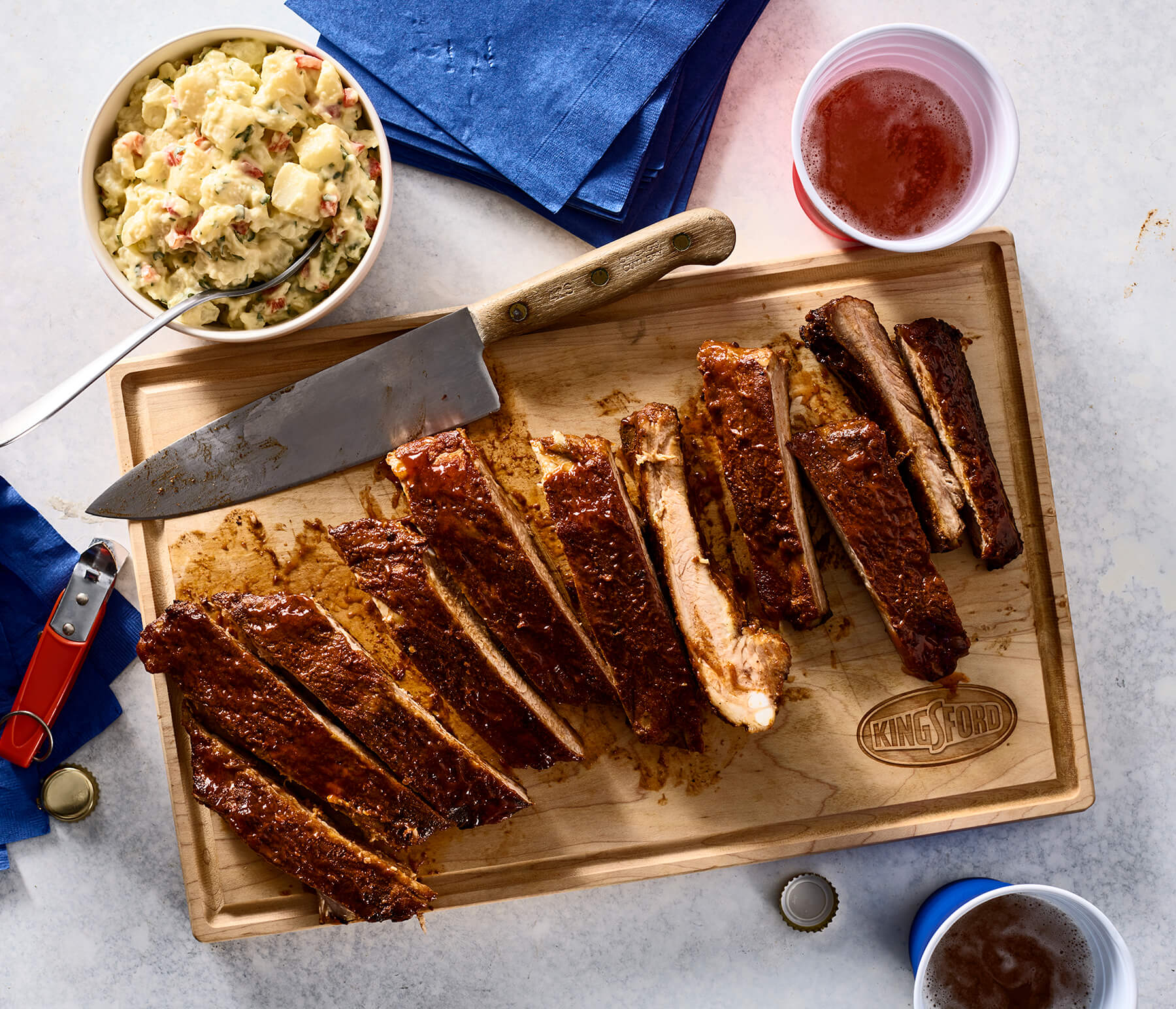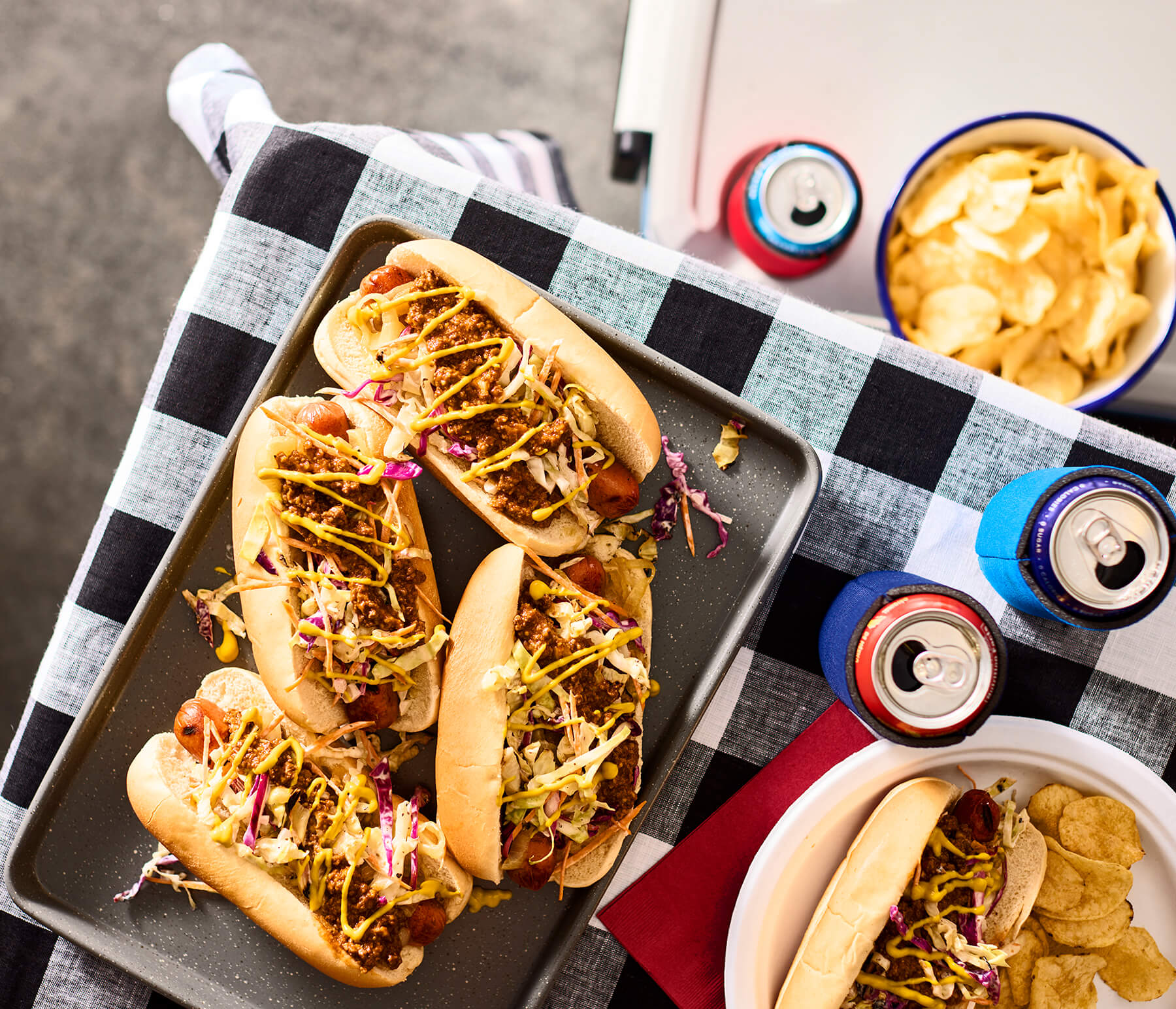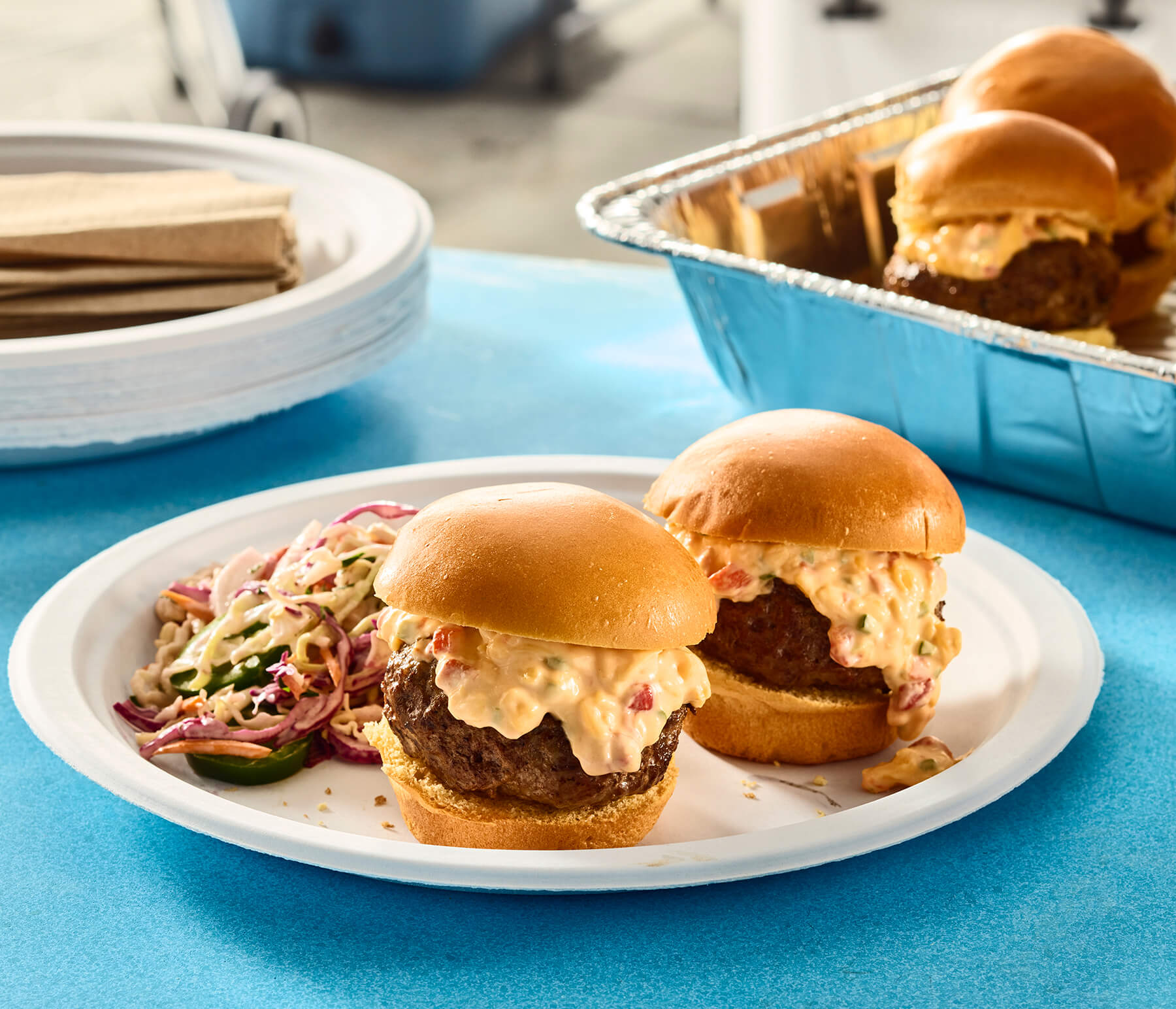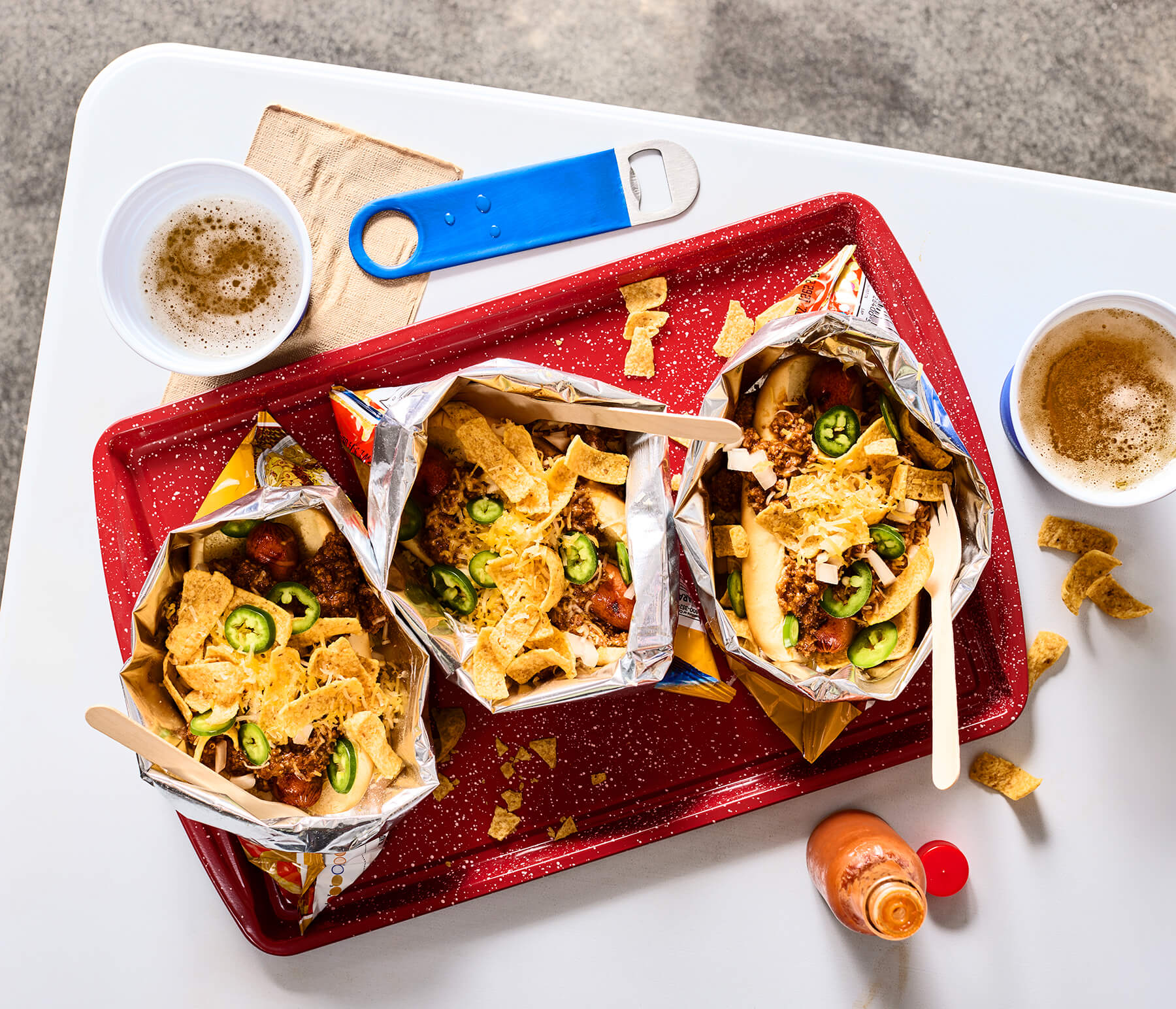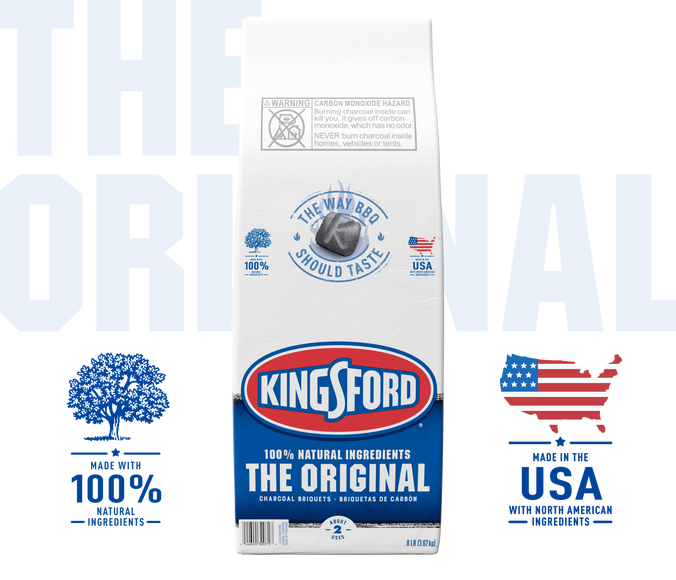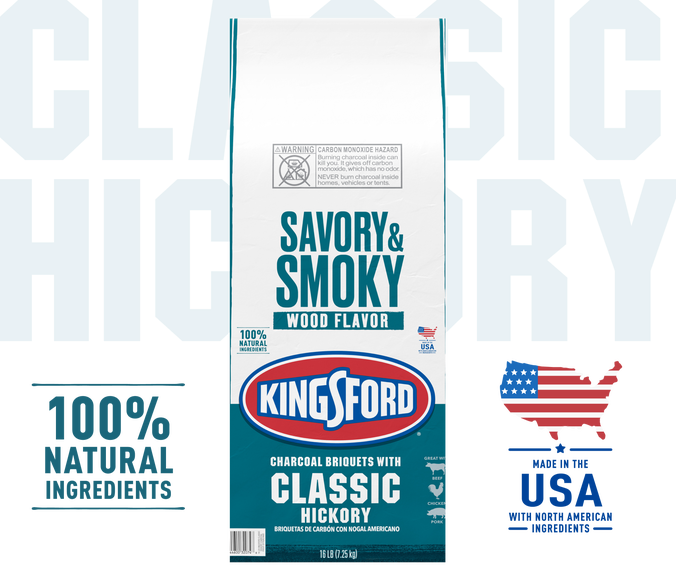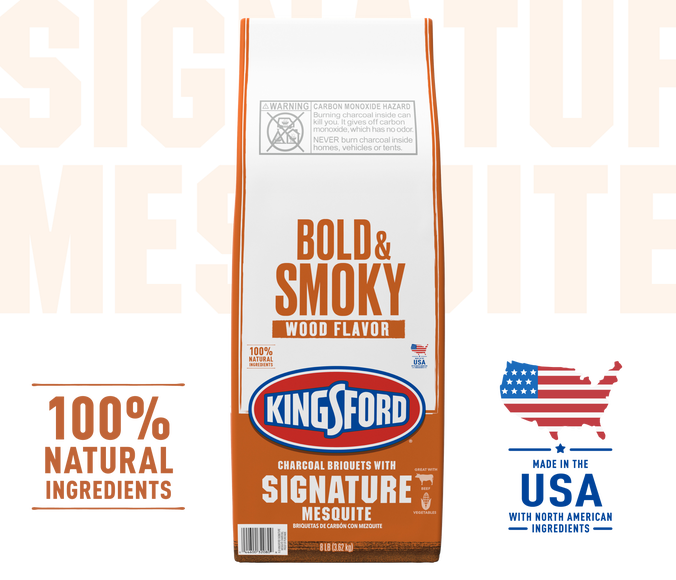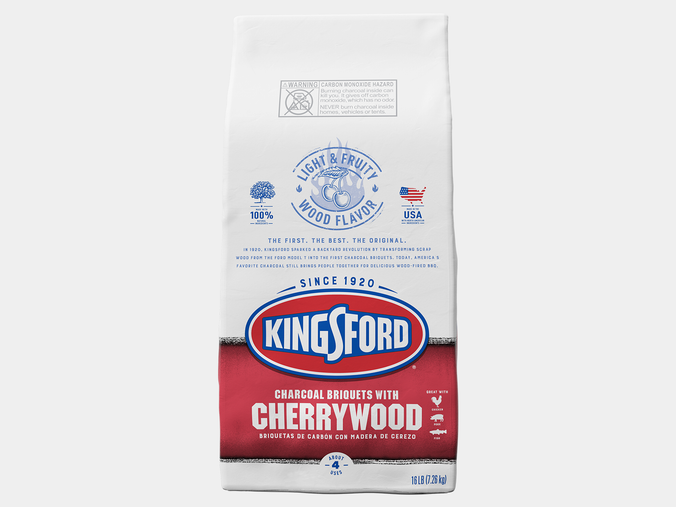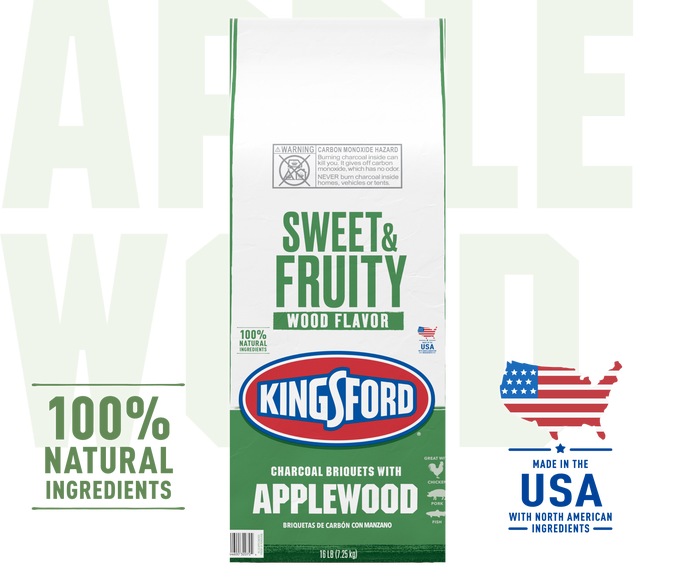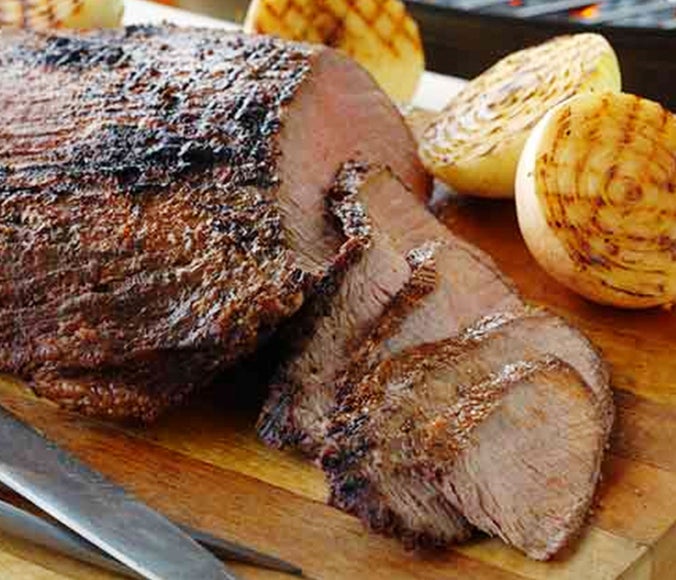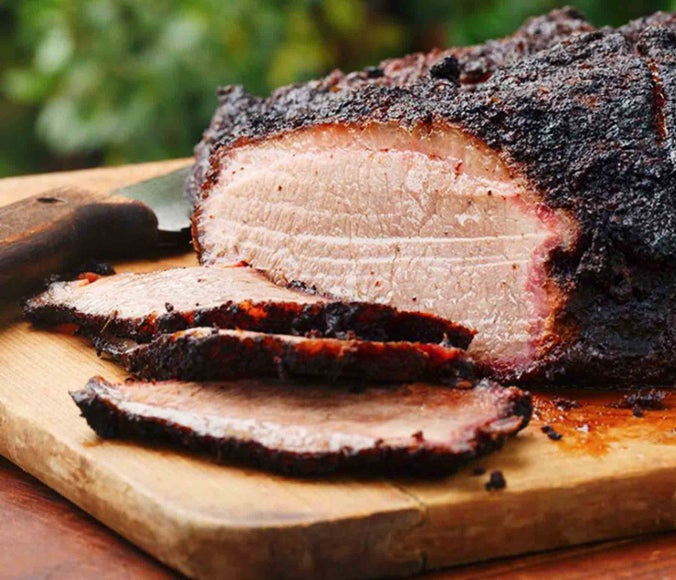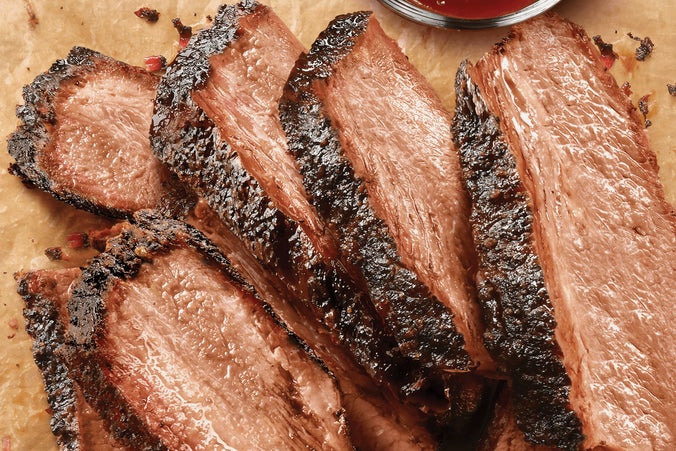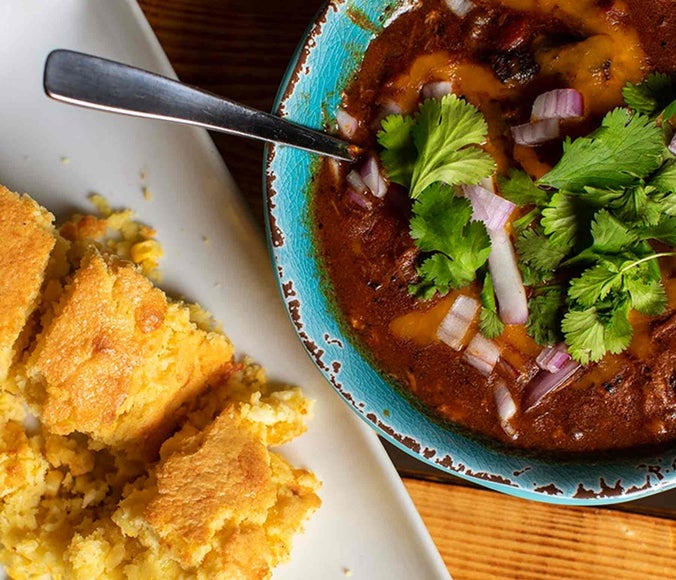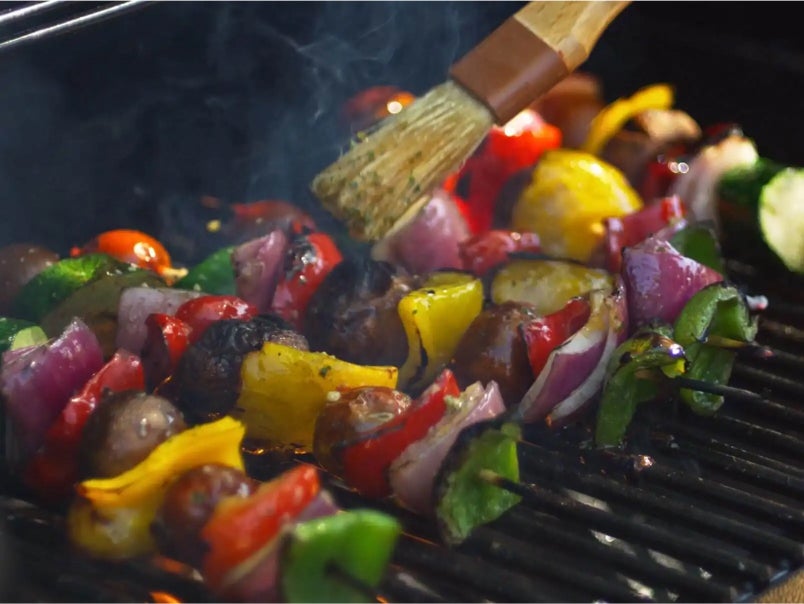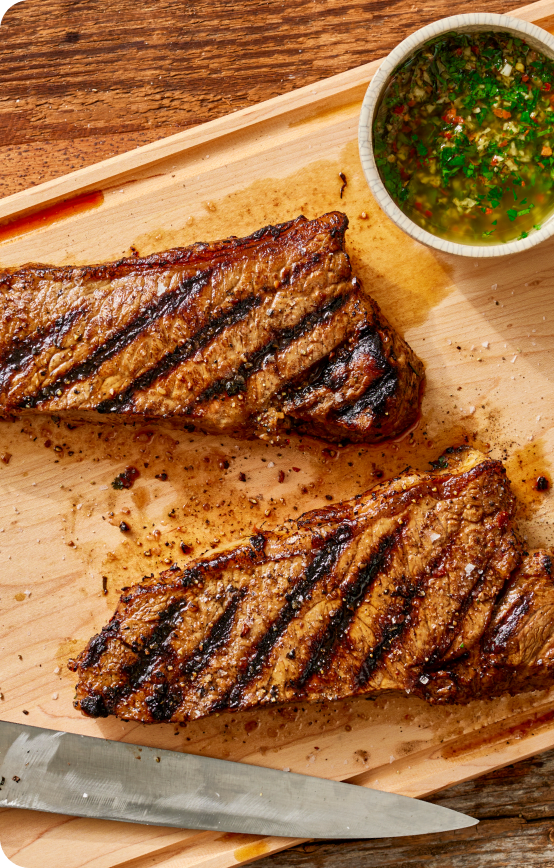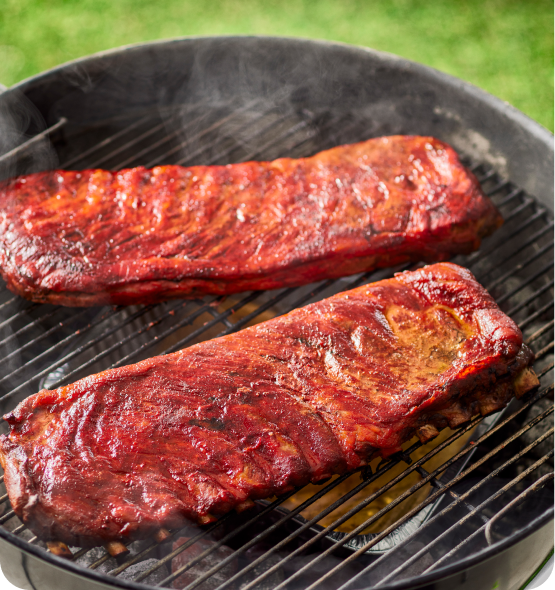How to Smoke a Beef Brisket
Bring the best of Texas to your own backyard with delicious, slow-smoked beef brisket. All it takes is a few simple tips and a little time. We’ll teach you the basics — let’s get started.
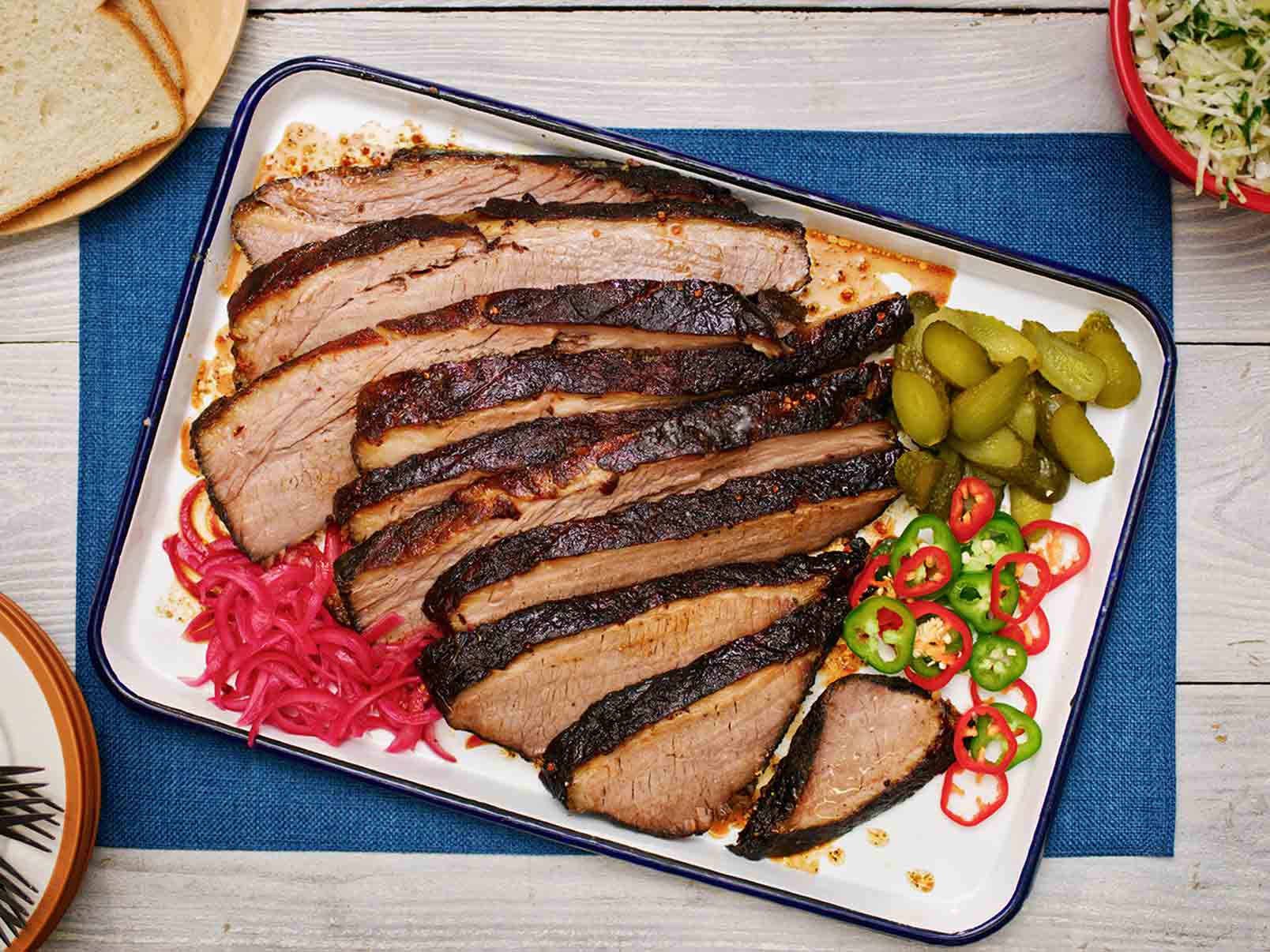
What You’ll Need
Before starting, make sure you have everything on this list. We recommend Kingsford® Original Charcoal Briquets. And don’t skip the digital meat thermometer — it’s the best way to get your brisket done right.
- Kingsford® Original Charcoal Briquets
- Drip pan
- Digital Meat Thermometer
- Digital BBQ Thermometer
- Long-Handled Tongs or Long-Handled Metal Spatula
- Paper Towels
- Aluminum Foil
- Knife
- Small Fork
- One 10 to 12 lb. Brisket
- Dry Rub
- Water
- Apple Juice
- Salt and Pepper
- Cooking Oil
How to Prep
- Remove brisket from packaging and pat dry to remove excess moisture to achieve the best results.
- Allow brisket to come to room temperature before grilling to ensure even cooking and flavor.
- Using a knife, trim off the excess top fat and silver skin, shaping or squaring the brisket while leaving a 1/4″ thick layer of fat cap to keep the meat moist during the long cooking process.
- Sprinkle on a few tablespoons of dry rub.
- Refrigerate for several hours to let the dry rub penetrate the meat, or simply put the brisket on the grill after applying the dry rub.
- Suggested rubs: Texas-style, Central Texas, Kansas City, Coffee-Chili
- Suggested marinades: Texas-style, beer, coffee, citrus-herb, Asian-inspired
- Suggested injections: beef broth, apple juice, beef stock & Worcestershire, beer, coffee
- Optional: Brine by soaking your brisket in a solution of salt, water, and even spices
Preparing the Brisket:
Trimming Your Brisket:
Seasoning Your Brisket:
Add Extra Flavor:
How to Prep
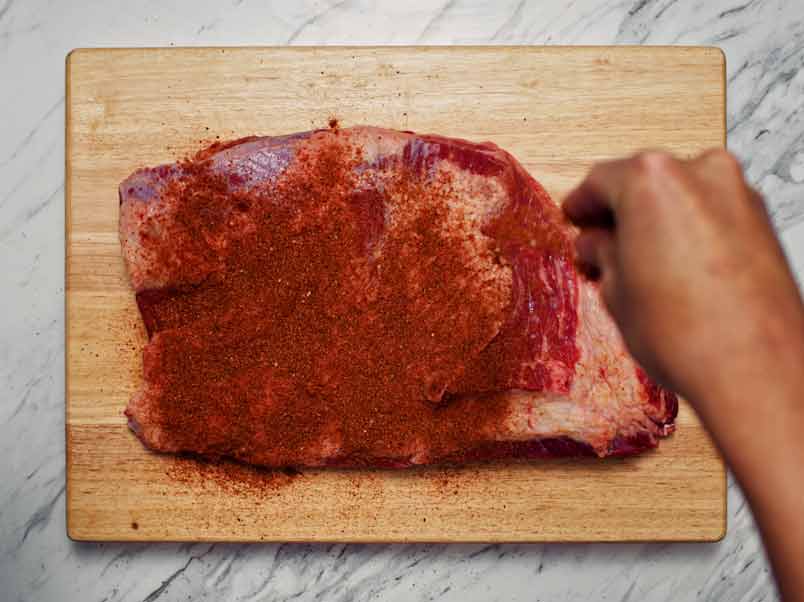
How to Build Your Fire
- Suggested Kingsford® Charcoal: Looking for a smoky wood flavor? Try Hickory or Mesquite. For a sweeter smoky wood flavor, use Applewood.
- Give your top grill grate a good brushing and set it aside.
- If you’re using a kettle-type grill, use an indirect technique like The Charcoal Snake to set up your grill. Be sure to use a drip pan with water directly underneath the meat to stabilize the temperature.
- For backyard smokers, set it up for a long smoke. Learn more about smoking here.
- You’ll want to keep the grill temp at Low Heat — 225°F. How to control the heat when grilling with charcoal.
- Add the grate and let it heat up.
-
How to Gauge Grill Heat Without a Thermometer
Carefully hold your hand about 5” to 6” above the grate, and refer to the temperature settings below:
• High Heat (450° to 550°F):
2 to 4 seconds
• Medium Heat (350° to 450°F):
5 to 6 seconds
• Low Heat (250° to 350°F):
8 to 10 seconds
Make sure your clothing doesn’t touch the grate, and always move your hand away from the heat before you feel discomfort.
When you’re at temp, put cooking oil on a folded paper towel. Grab the oiled paper towel with long-handled tongs and oil the grate thoroughly.
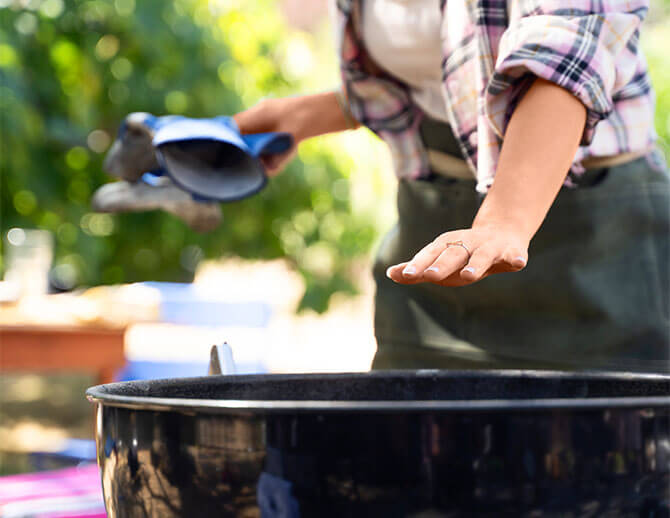
- When you’re at temp, put cooking oil on a folded paper towel. Grab the oiled paper towel with tongs and oil the grate thoroughly.
How to Build Your Fire
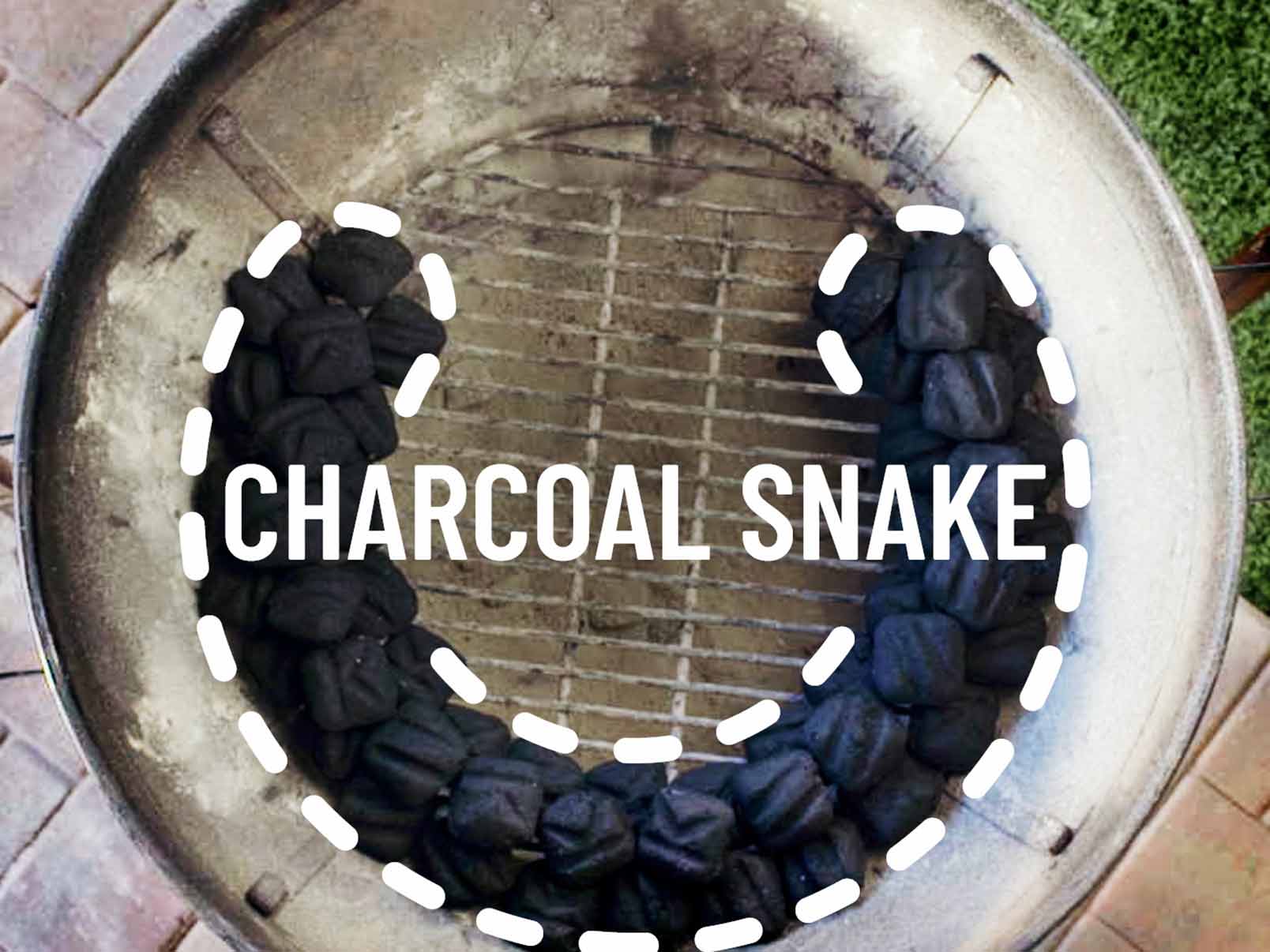
How Long to Smoke & Temperature
- Place the brisket fat side up on the top rack, cover with the lid and bring the temperature up to 225°F, using the vents to regulate the temperature.
- Knowing the temperature in your grill is crucial, so if your grill doesn’t have a temperature gauge, purchase a digital BBQ thermometer to measure the air temp inside your grill.
- Check the temperature of the grill every hour, staying as close to 225°F as possible.
- Resist the temptation to open the lid unless you need to add more charcoal or soaked wood chips to maintain temperature and smoke.
- When the brisket’s internal temperature reaches about 150°F, the brisket’s surface evaporation causes the meat’s internal temperature to plateau. Pitmasters call this “the stall.” Don’t worry, this happens!
-
What Should I Do if the Internal Temp of the Meat Plateaus (Usually around 160°F)?
Either wait out the stall or wrap the brisket tightly in two sheets of heavy aluminum foil or butcher paper with ½ cup of beef stock added and continue cooking.
Credit: World Champion Pitmaster Chris Lilly of Big Bob Gibson Bar-B-Q.
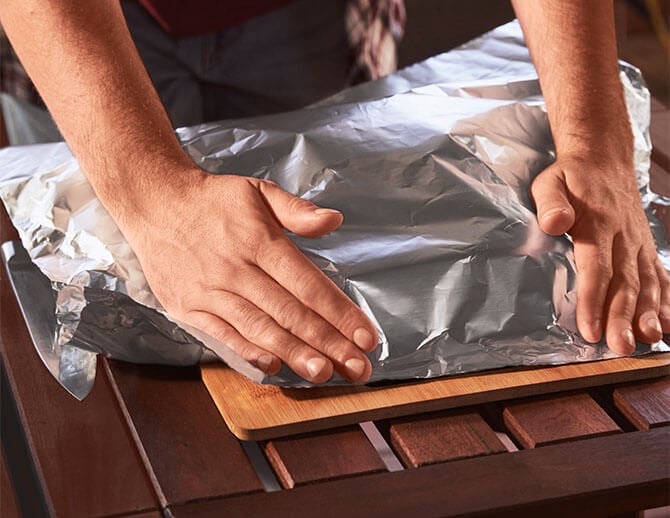
- When the brisket reaches an internal temperature of 195°F it should be properly smoked. Depending on the method of smoking, the time can vary. This can take 1 to 1 ½ hours per pound.
- The internal temp of brisket can increase by 10 degrees after it’s been removed from the grill, so keep this in mind when you’re checking the internal temperature of the meat. It will help make sure your brisket isn’t overcooked.
How Long to Smoke & Temperature
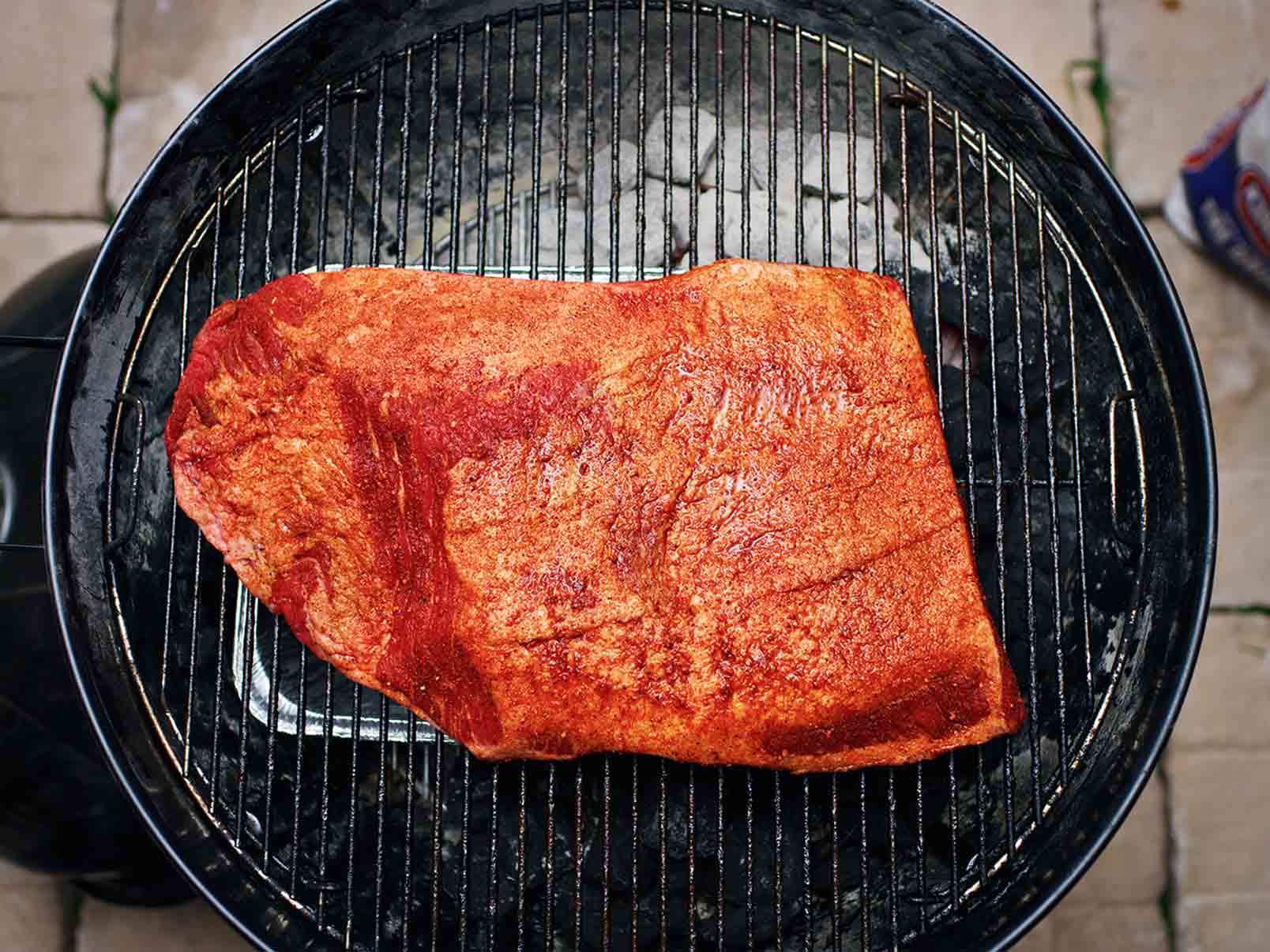
The Finish
- Remove the brisket from the grill and let the meat rest undisturbed for 20 to 30 minutes. Don’t skip this step! It makes a world of difference in tenderness and tasty juices.
- Texas toast or cornbread
- Pickles and onions
- Coleslaw
- Baked beans
- Potato salad
- The U.S. Department of Health and Human Services recommends storing leftovers for no more than 3-4 days.
For more information on food storage, consult the links below. - Cold Food Storage Chart
- 4 Steps to Food Safety
- Foodsafety.gov
- To make the most of leftover brisket, reheat it in its juices covered with foil at 250°F for 20 minutes until it reaches serving temperature (about 165°F). For a twist, try smoking it with different wood pellets, or add BBQ sauce, beer, or broth before cooking. You can also use a skillet or microwave oven for quicker heating.
- For safe meat and other food preparation, reference the USDA website.
How to Serve Brisket
Suggested Pairings
How to Store Brisket
How to reheat brisket
The Finish

Frequently Asked Questions
-
How do I pick a brisket?Choose a hefty (10+ lb) brisket with a thick, even flat for consistent cooking. Look for marbled, reddish-pink meat and a white, 1/4-inch fat cap. Opt for "choice" grade or higher and consider a butcher for expert advice.
-
What are the best rubs for brisket?Pick your brisket rub based on the flavor profile you’re looking for. Classic Texas-style is bold with salt, pepper, and basic spices. Sweet rubs add brown sugar or honey for a sweet and savory balance. Spicy options include chili powder or cayenne pepper.
-
Should I use marinades or injections for briskets?Brisket benefits from injections more than marinades. Injections deliver flavor and moisture deep into the meat, making them perfect for long cooks that make brisket shine. Marinades add surface flavor, but can't penetrate deep into the meat. Feel free to experiment — you can even use both!
-
Should I brine my brisket?Brining adds moisture and some flavor to brisket, making it juicier and potentially more tender. It takes extra time (12–24 hours) and may mute the pure beef flavor. If you prioritize juicy tenderness, brine! Otherwise, skip it for bolder beef taste.
-
What are the best charcoal flavors for brisket?Elevate your smoked brisket with the perfect Kingsford® charcoal! Hickory and Mesquite offer bold, smoky punches that beautifully complement the richness of brisket. Hickory adds a touch of rich, smoky, and savory flavor, while mesquite offers a bold and smoky taste. For a milder touch, oak provides a subtle smokiness that allows the natural flavor of the brisket to shine.
-
Should I wrap my brisket?Wrapping your brisket cooks it faster, keeps it juicy, and can improve the bark later. However, it reduces smokiness and softens the bark. Wrap for speed and moisture, skip it for more smoke and a crispier crust. Experiment to find what works best for you.
-
Where should I probe the brisket?Probe the thickest part of the flat for the internal temperature, as it cooks slowest. For tenderness, check both the flat and fatty point to ensure even doneness throughout the brisket. Remember to insert the probe straight and aim for the center, avoiding any fat pockets.
-
Smoke my brisket fat side up or down?Smoke your brisket fat side down for the best results. This protects the meat for a better bark, helps render fat for even cooking, and keeps the brisket's shape for easier slicing.
-
What should I pair with brisket?Smoked brisket is a barbecue centerpiece that sings with a wide range of classic sides. Starchy options like Texas toast or cornbread soak up the flavorful juices, while tangy pickles and onions provide a cool and refreshing counterpoint to the rich smokiness. Coleslaw's creamy dressing and crisp vegetables cut through the richness, while baked beans add a sweet and savory touch. Potato salad (creamy or mayonnaise-based) offers a delightful textural and flavor contrast, completing a well-rounded and delicious barbecue feast.
-
How should I store my cooked brisket?Refrigerate leftover brisket for 3-4 days: cool completely, wrap tightly, whole or sliced (sliced later is better). To freeze for longer storage (up to 3 months), cool completely, double wrap (plastic wrap and freezer bag/container), then label the date.
-
What’s the best way to reheat brisket?Reheat brisket low and slow to stay moist. Wrap it in foil with some juices and reheat in a 250°F oven (or smoker at 225°F) until it reaches a 165°F internal temperature. For best results, remove the brisket from the fridge 30 minutes before reheating.
